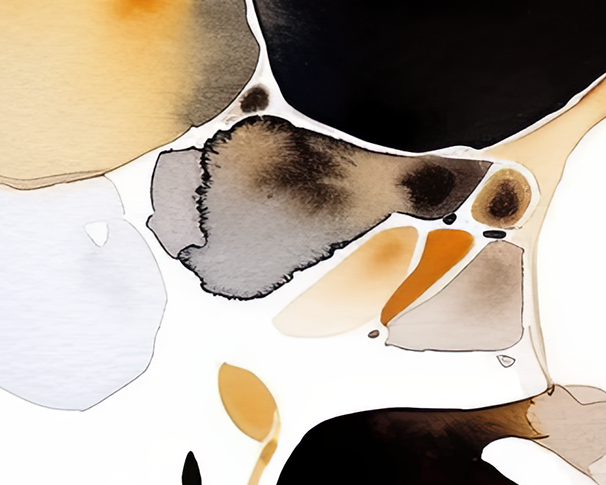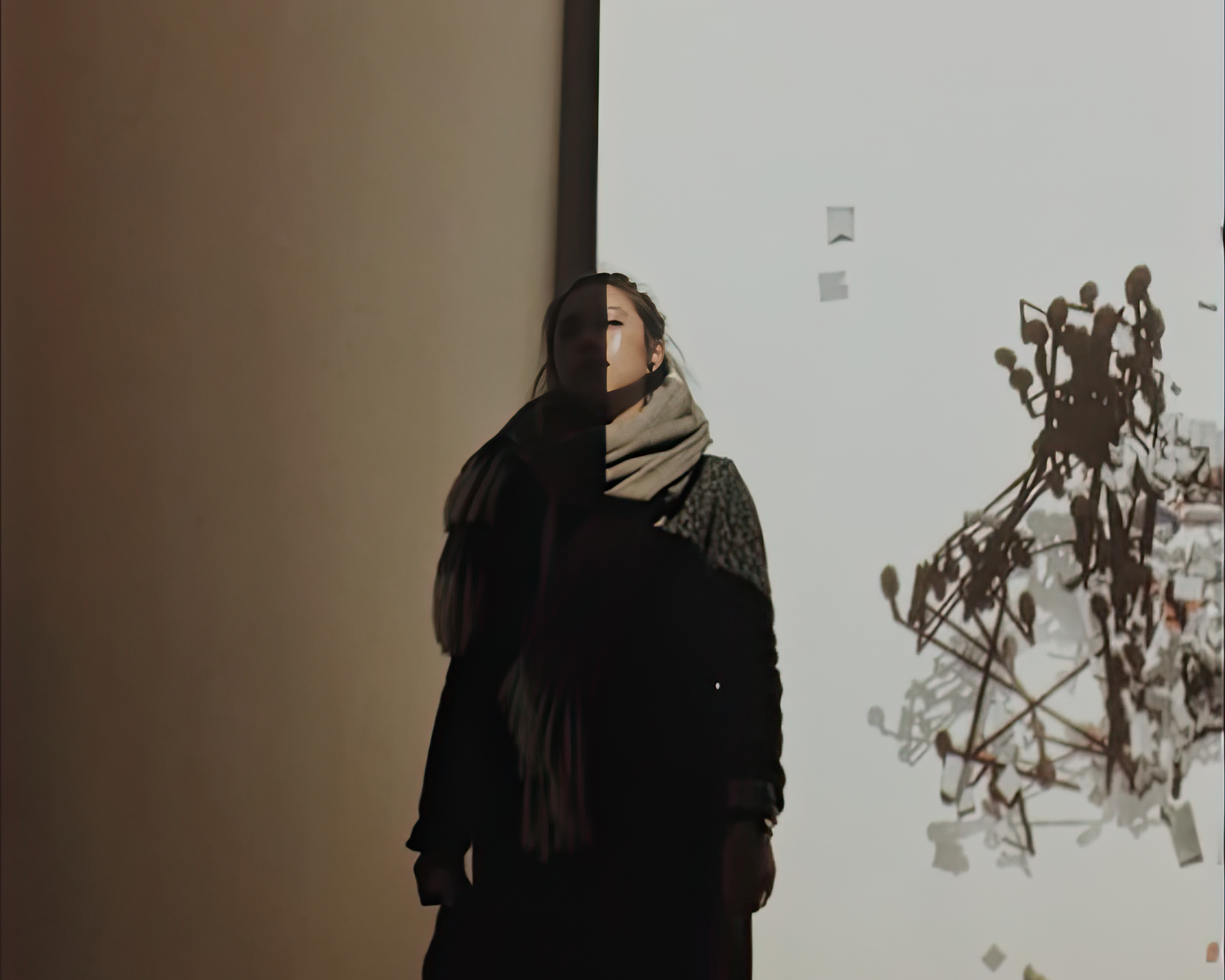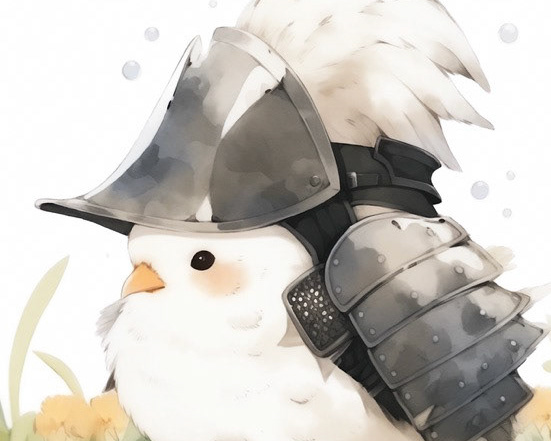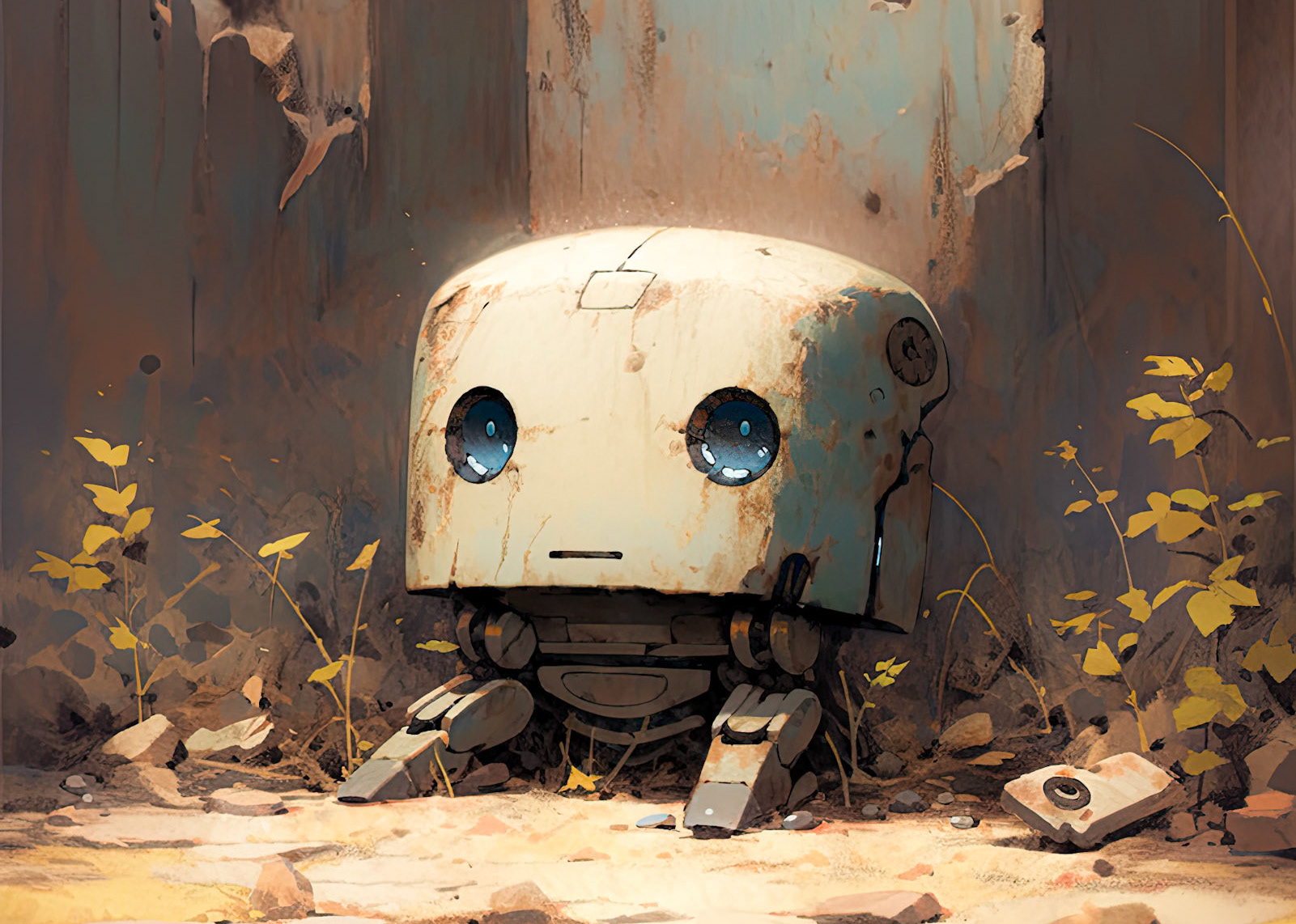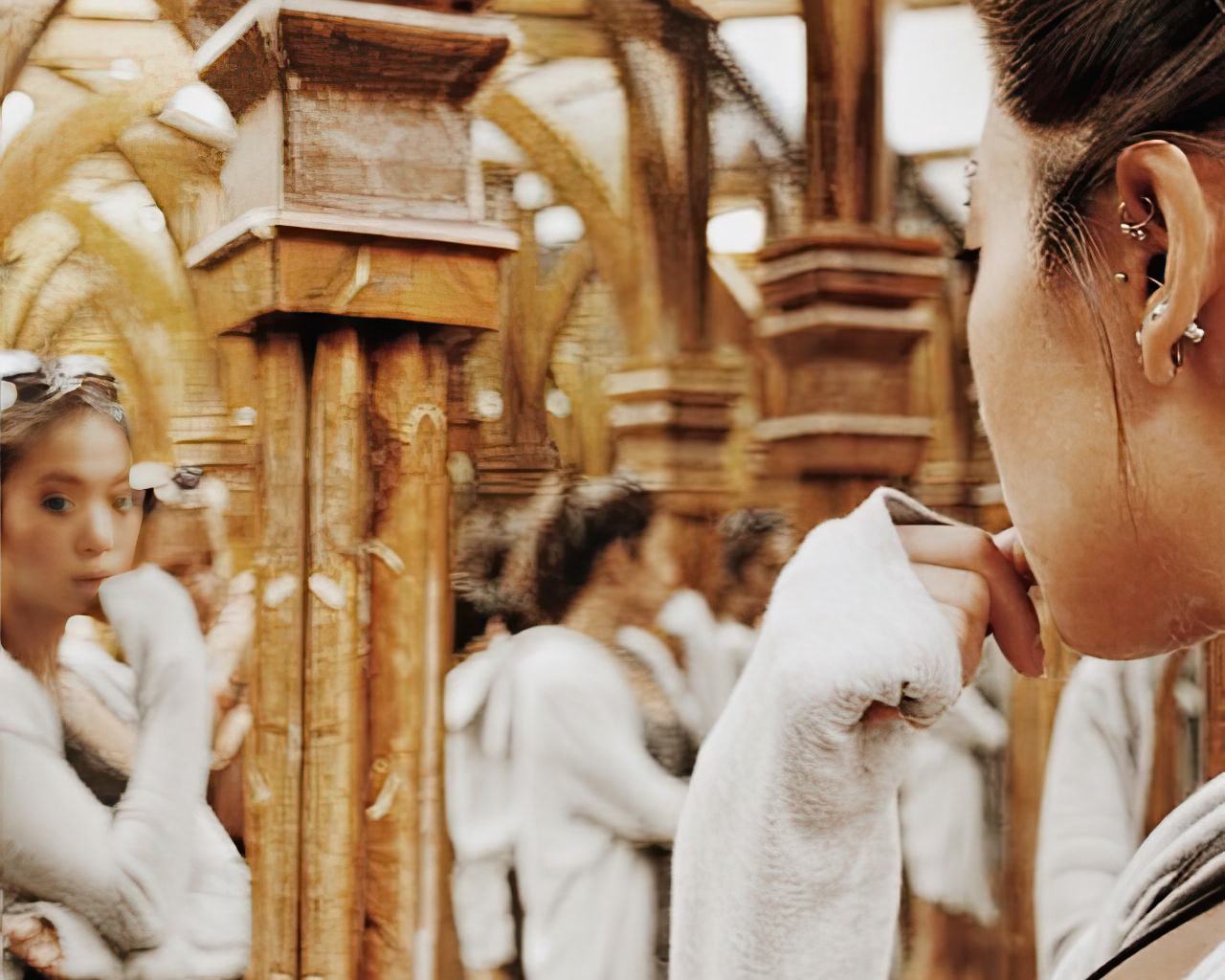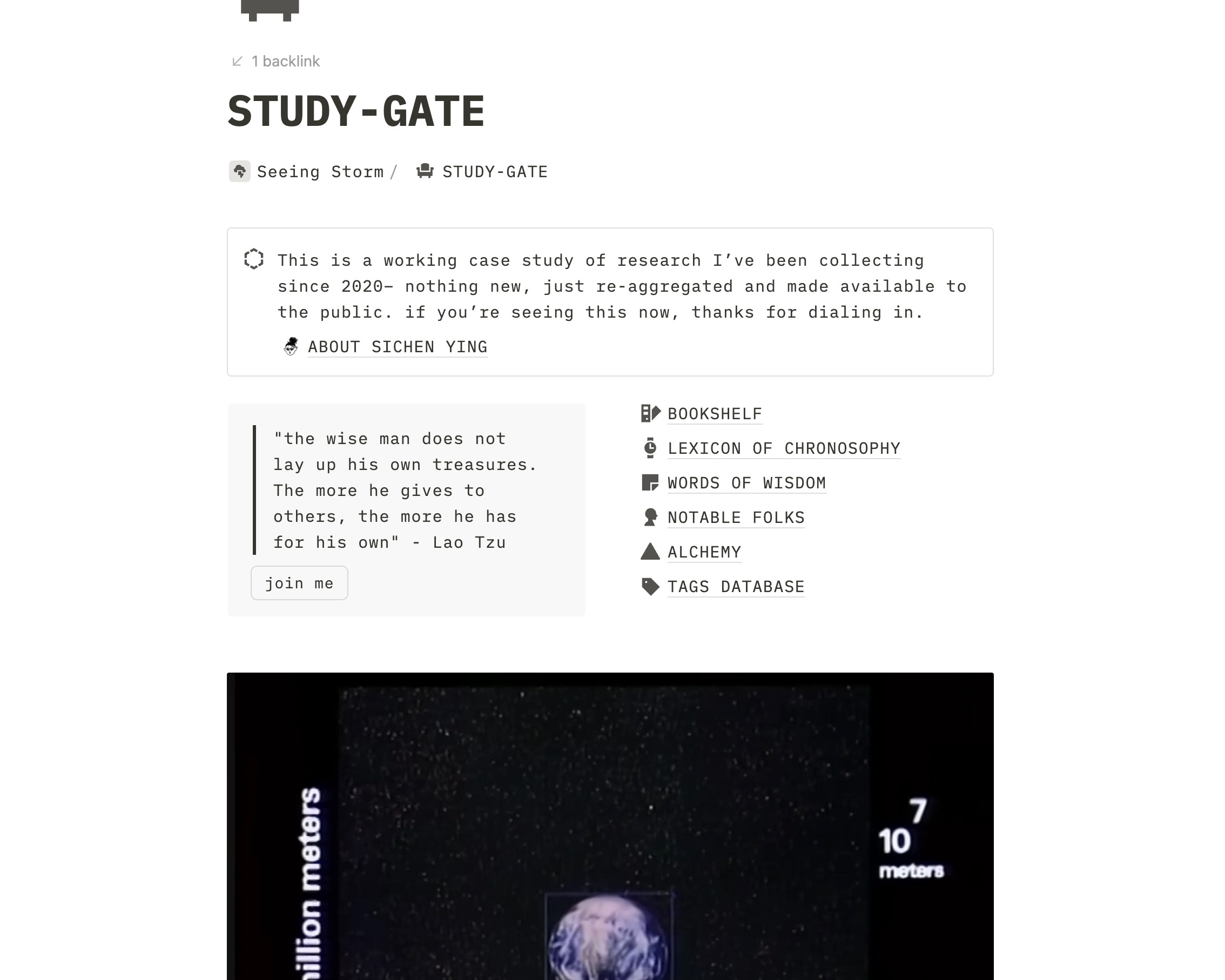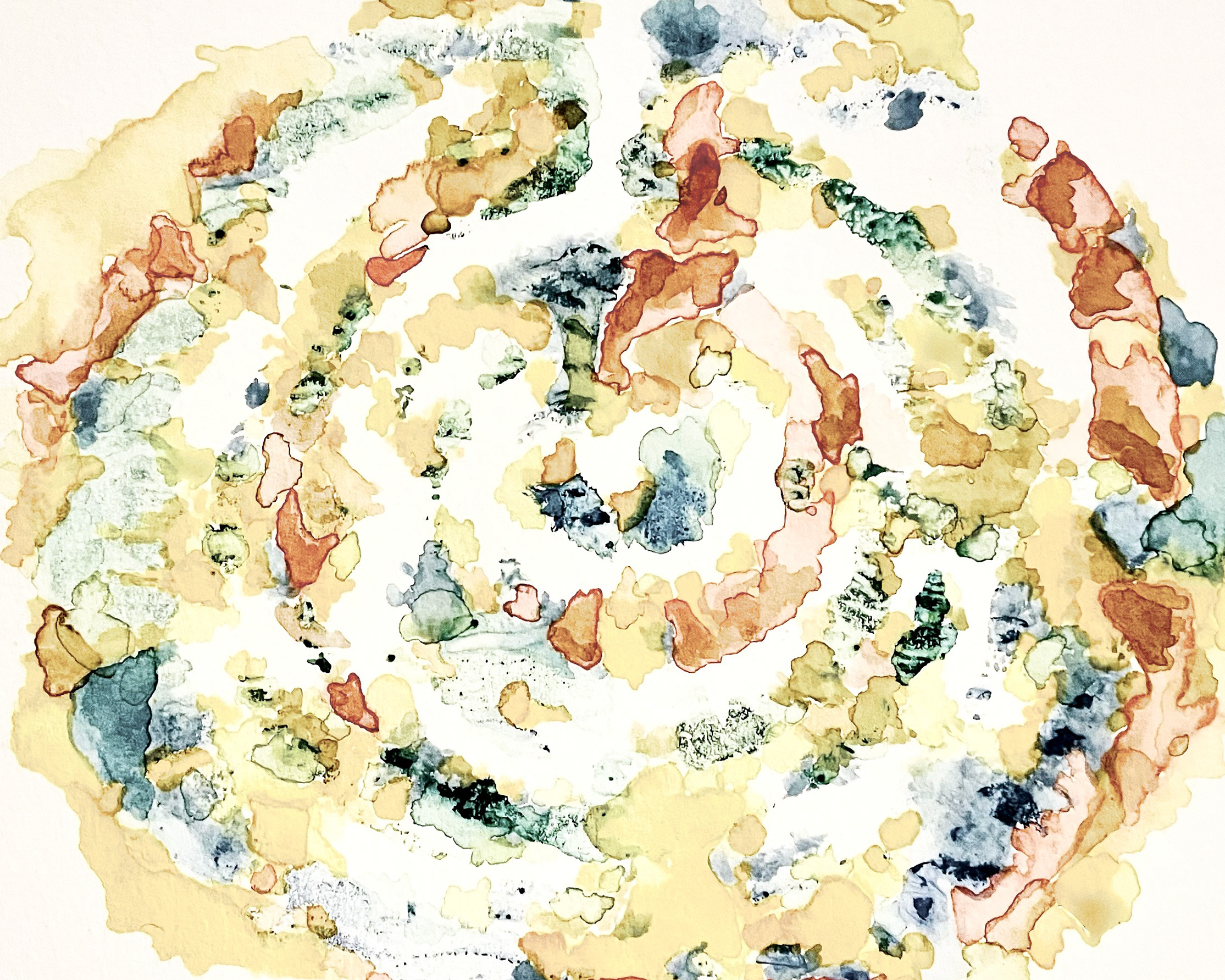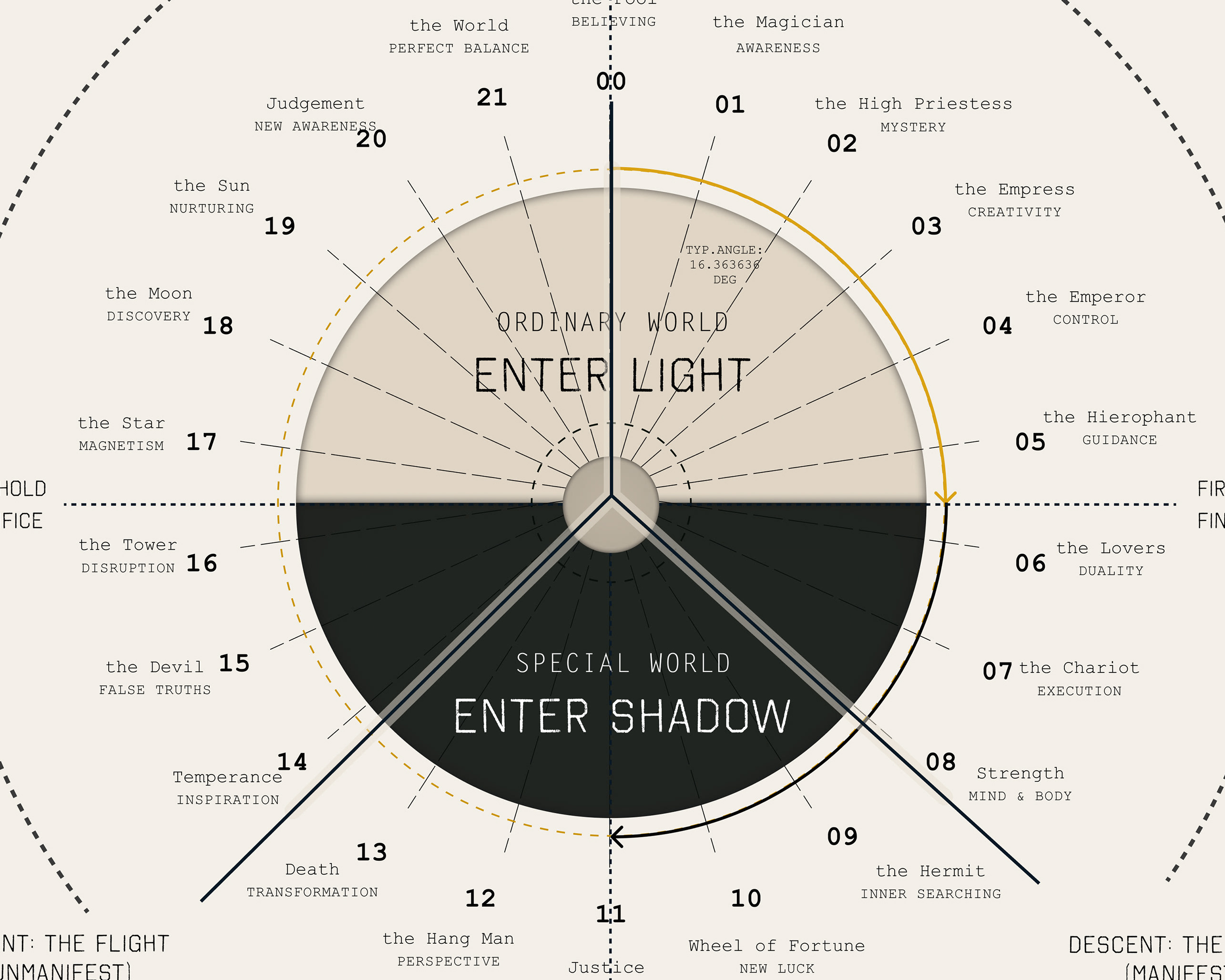A Split Self
Growing up as an immigrant child in New York, I felt caught between two worlds. The cultural clash between my family's traditions and the American way of life felt like living between two worlds, neither of which felt entirely like home. This internal tug-of-war didn't just stop at cultural identity; it seeped into my academic life and later my career choices.
Architecture, with its technical precision, initially drew me in. However, social pursuits and the desire for creative freedom often took center stage. Even in the seemingly perfect blend of artistry and practicality – UX/UI design – a chasm existed between the strategists and the executioners. This mirrored my own internal struggle, a constant tug-of-war between artistic expression and meticulous detail.
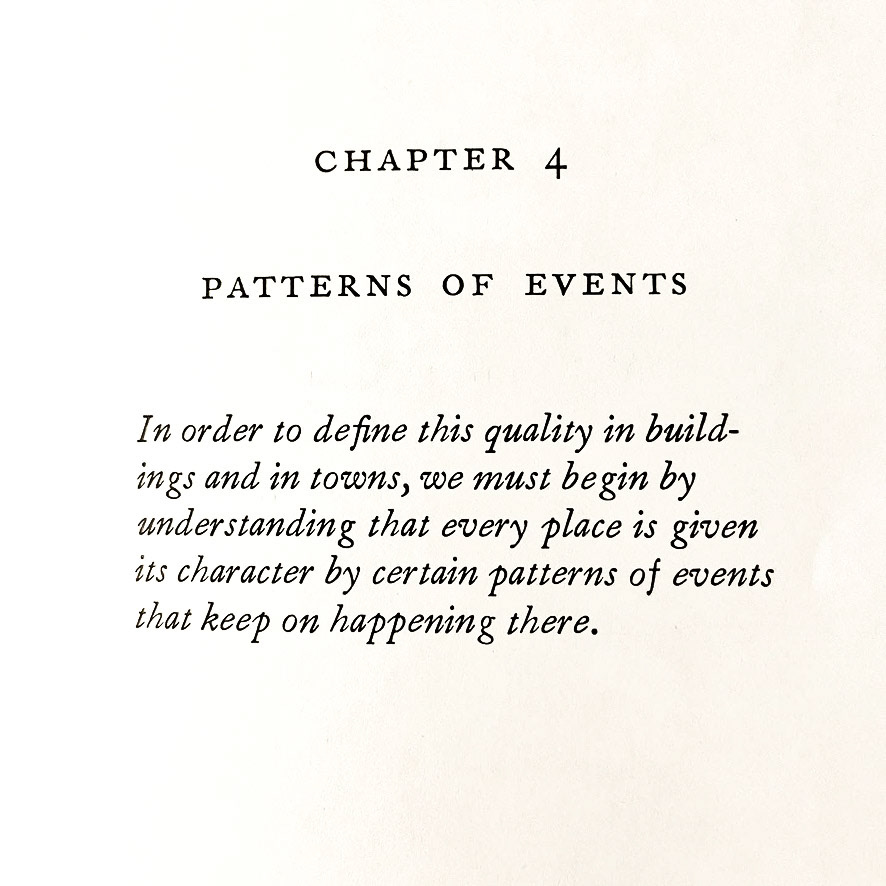


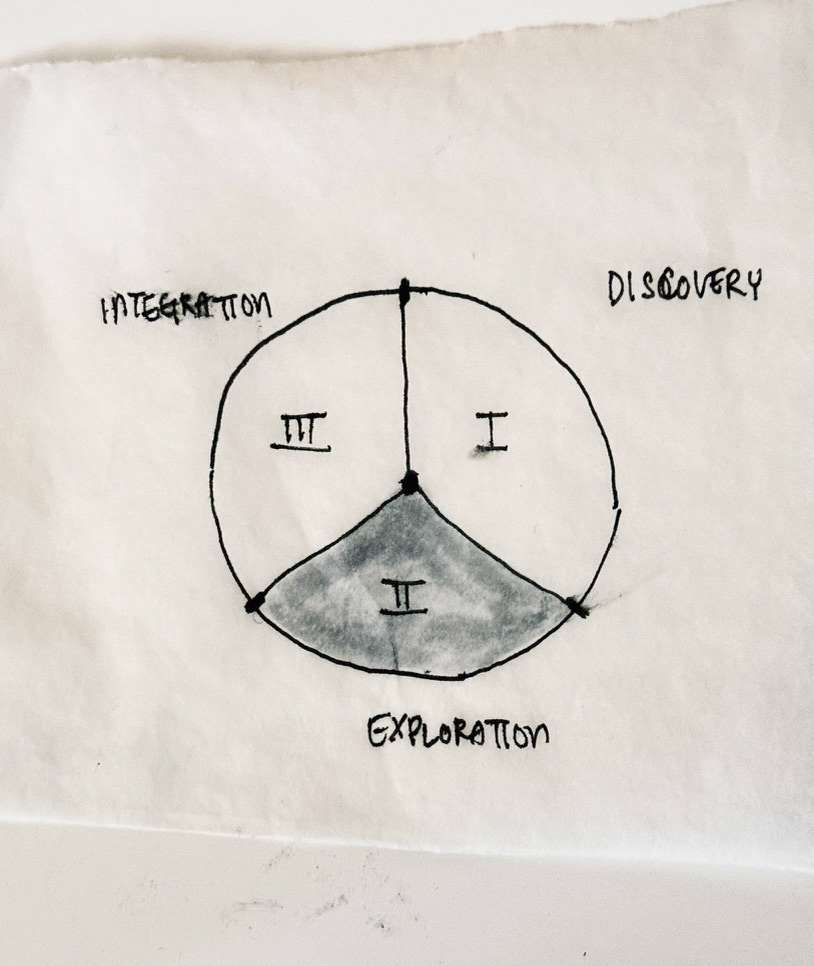
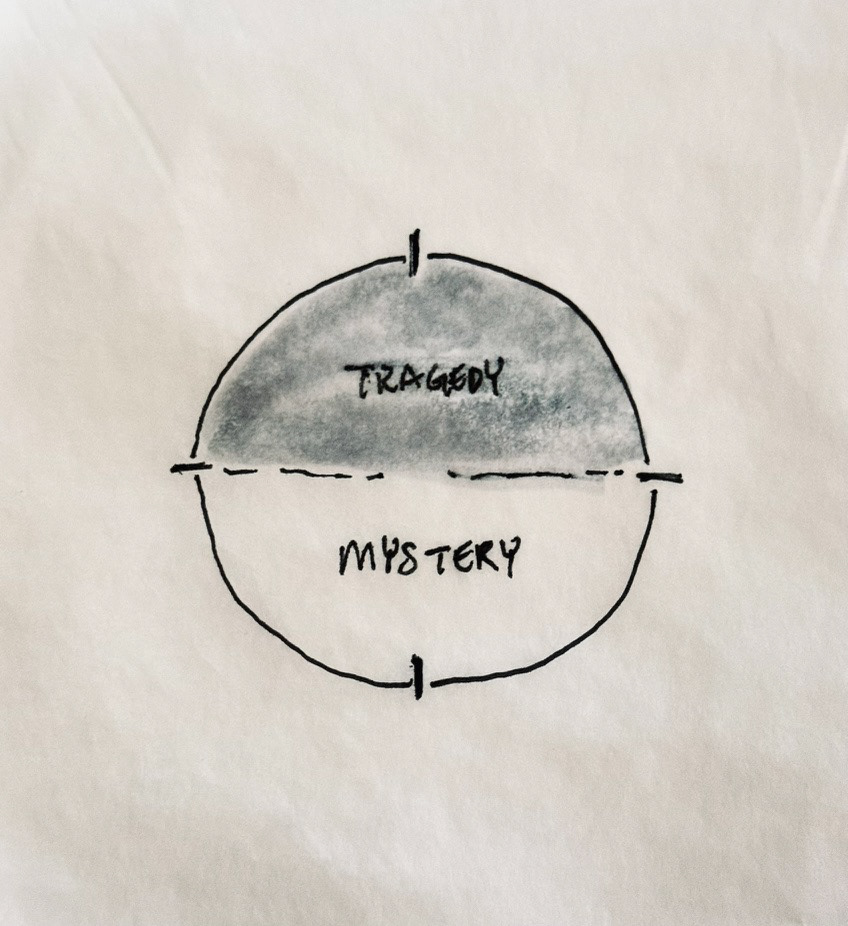
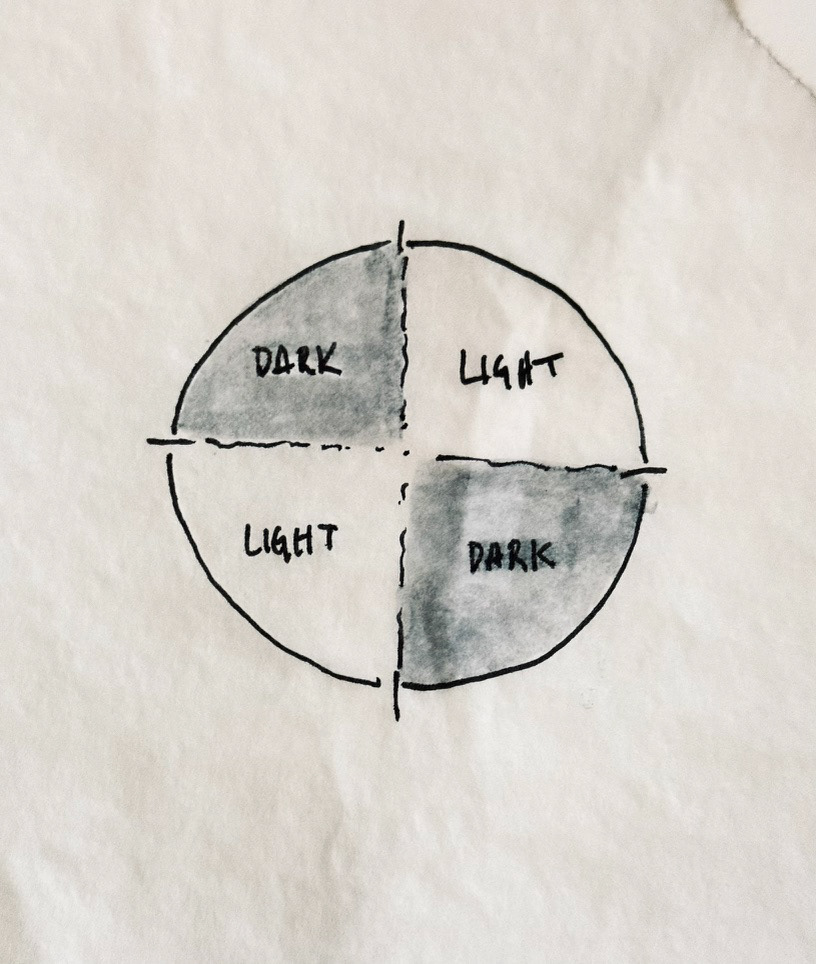
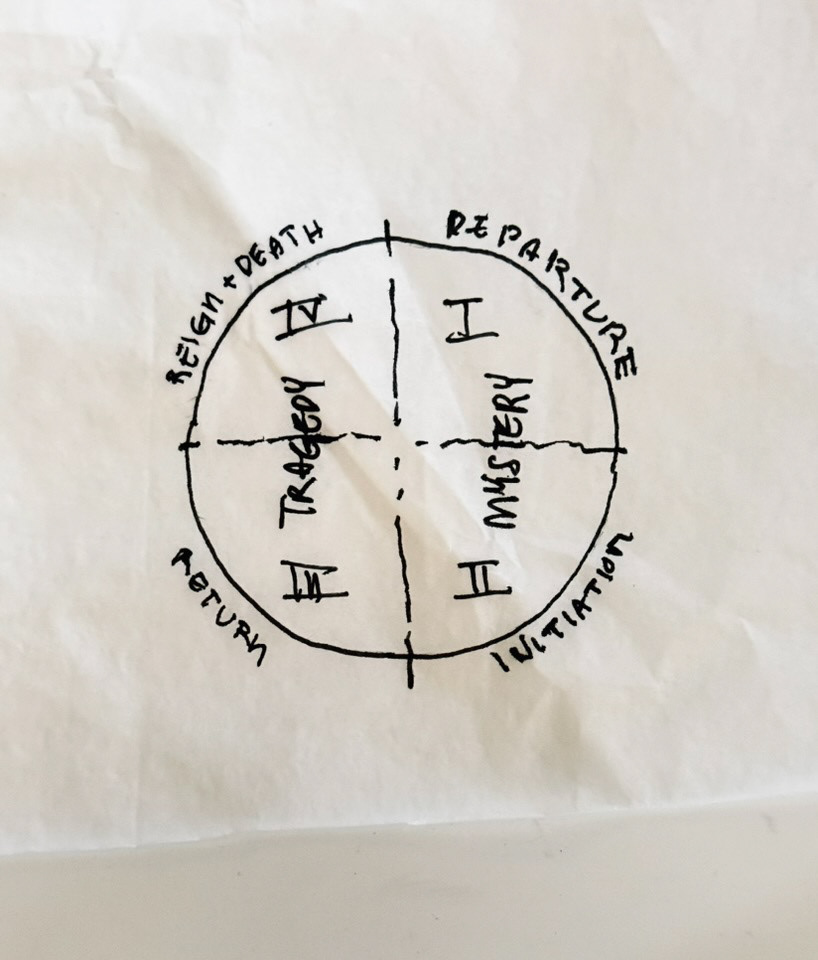
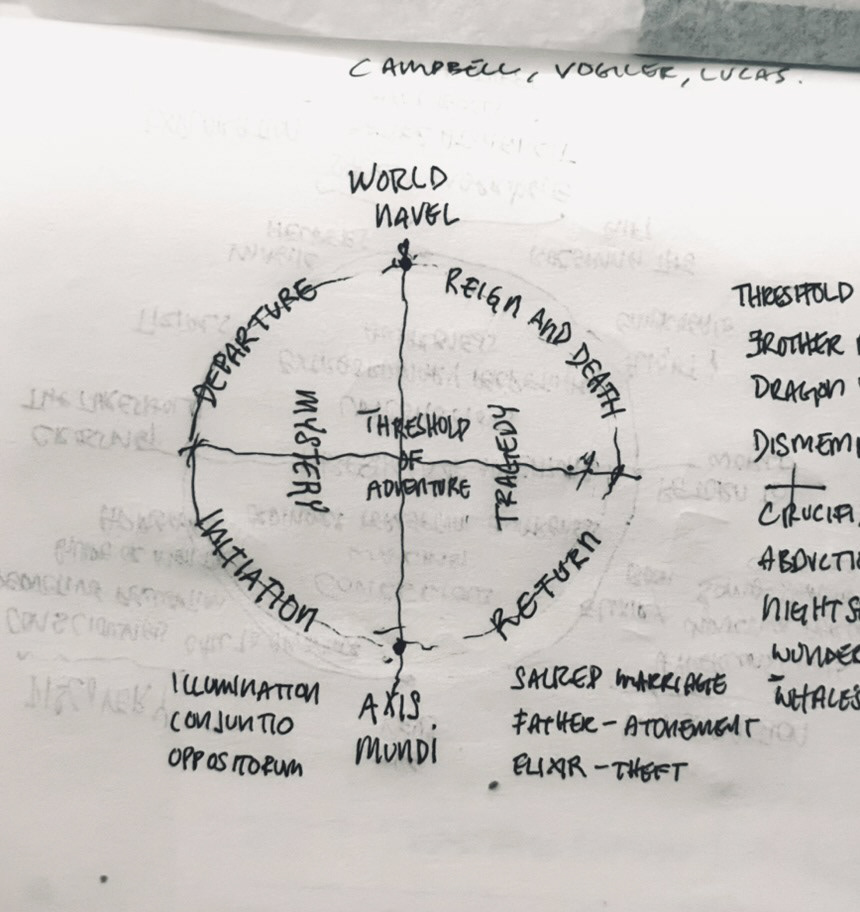
The Inward Return for Meaning and Integration
The year 2020 marked the beginning of an introspective odyssey. Questions about purpose and identity haunted me, echoing the universal quest for meaning. The dichotomy I faced in UX/UI design mirrored my lifelong battle between imagination and precision.
Existential questions swirled: what was my purpose, my identity? My parents, shaped by the trauma of China's Cultural Revolution, instilled a pragmatic approach, suppressing their own artistic desires. This disconnect between societal expectations and my own passions fueled a sense of internal conflict.
Seeking solace, I turned to nature and mathematics, finding beauty in their inherent order. This period of reflection ignited my fascination with symbolism, cyclical patterns, and the hero's journey. It was a yearning for wholeness that led me to conceive "Growing Home," a project that promised to harmonize my disparate passions.
Finding Allies and Battling Divisions
The natural world and mathematics emerged as unexpected allies, offering order and structure amidst the chaos within. This exploration ignited a fascination with symbolism, cyclical patterns, and the hero's journey. These concepts resonated with my desire to integrate creativity and practicality – to bridge the gap between my artistic urges and the need for practical application. Yet, the rigid compartmentalization within the professional design world felt stifling. Why were creativity and practicality seen as separate entities? This division created a sense of frustration and a touch of cynicism. Weren't fulfilled designers those who could embrace both?
The Talisman's Message
My exploration of symbolism deepened, particularly with a talisman necklace I'd worn since childhood. Its intricate design sparked a fascination with integrating polarities within a single space. This became my inner quest – to find a way to unify the seemingly opposing forces within myself (creativity and practicality). Delving into the symbolism of the talisman, I discovered ancient wisdom and philosophies like "as within, so without." This reinforced my belief that wholeness comes from embracing duality, not shying away from it.
A Symbolic Canvas for the Self
metaphysical exploration of self. This process unraveled the interconnectedness of ancient wisdom, hermetic philosophy, and the balance between yin and yang. It dawned on me that my struggles in architecture and design were reflections of the world's inherent dualities.
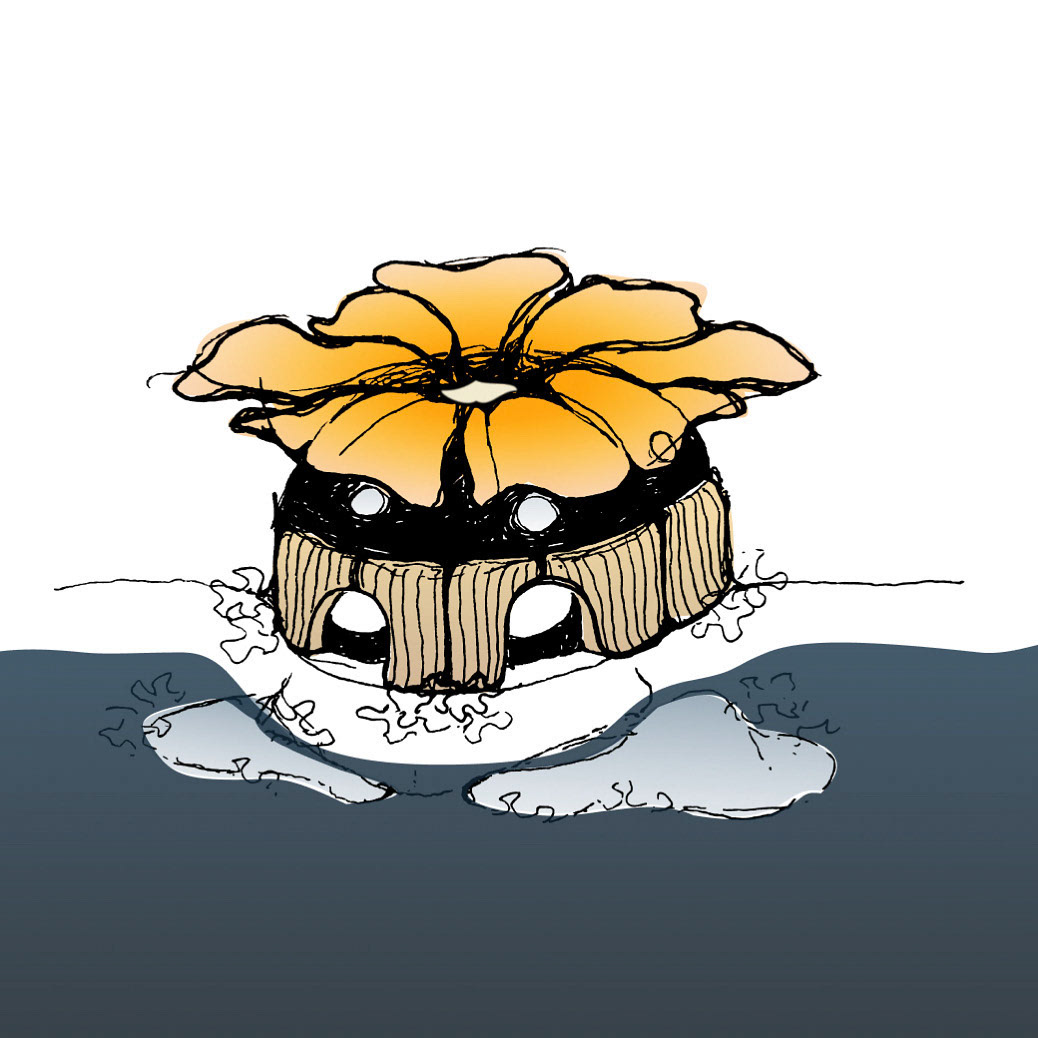

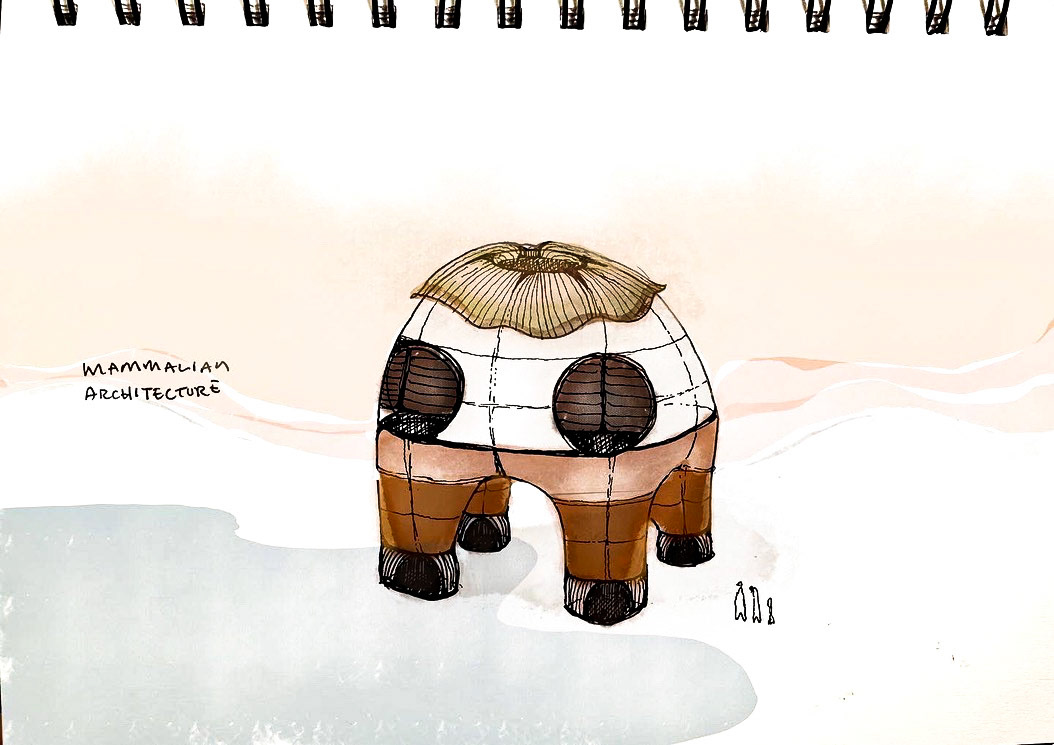
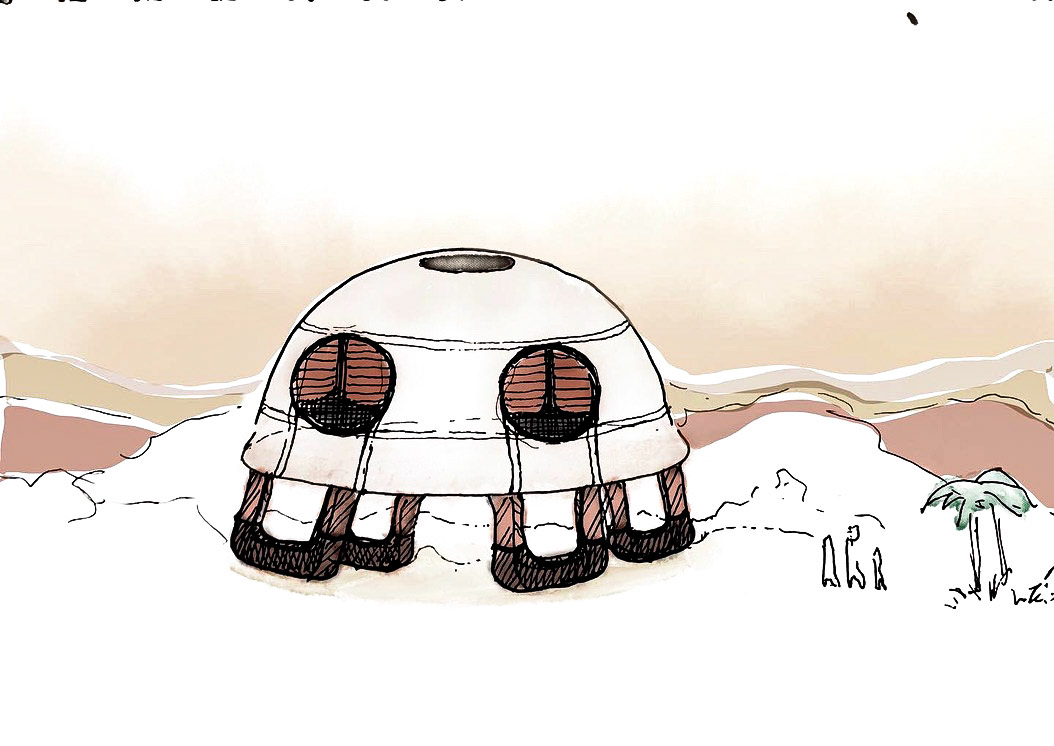

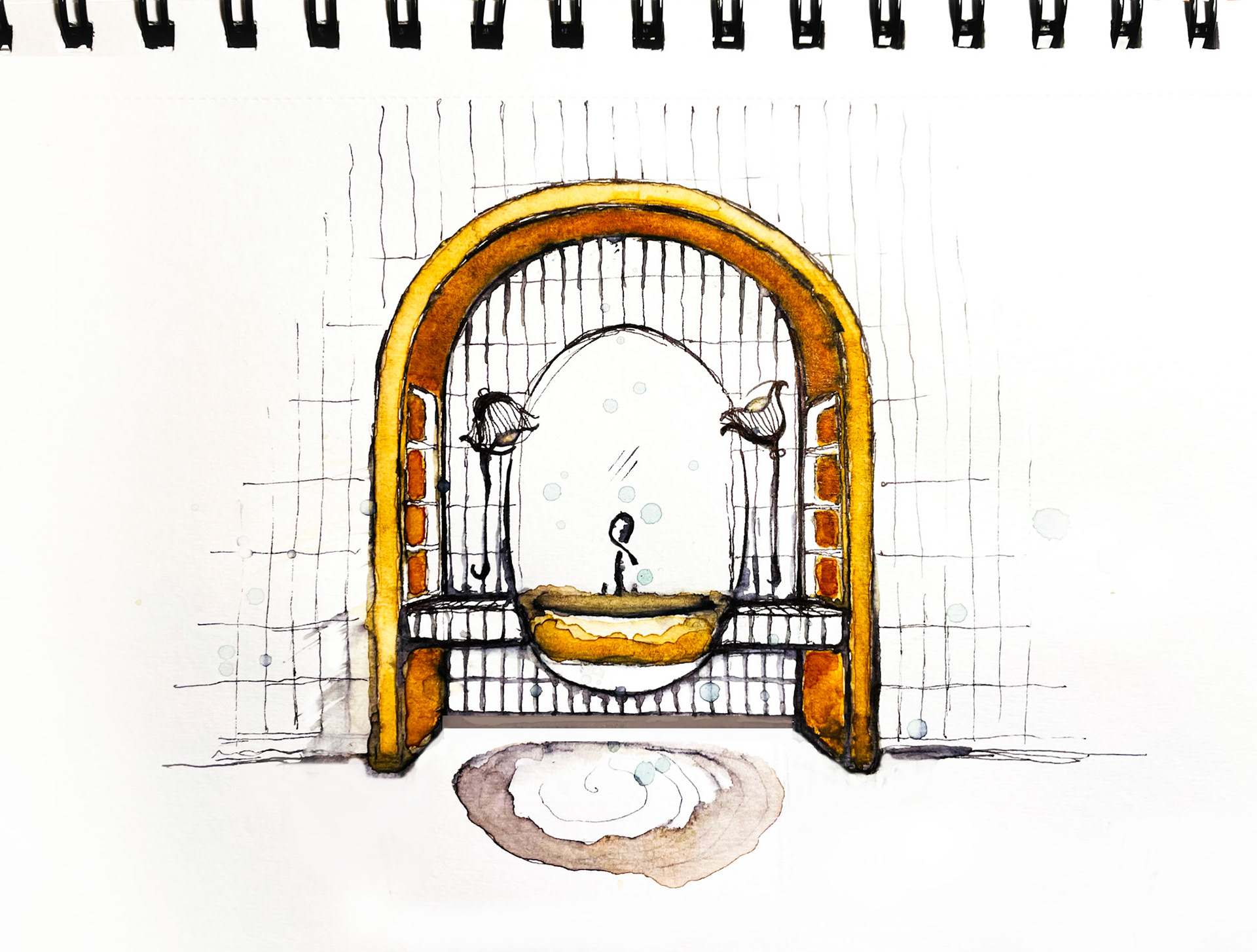
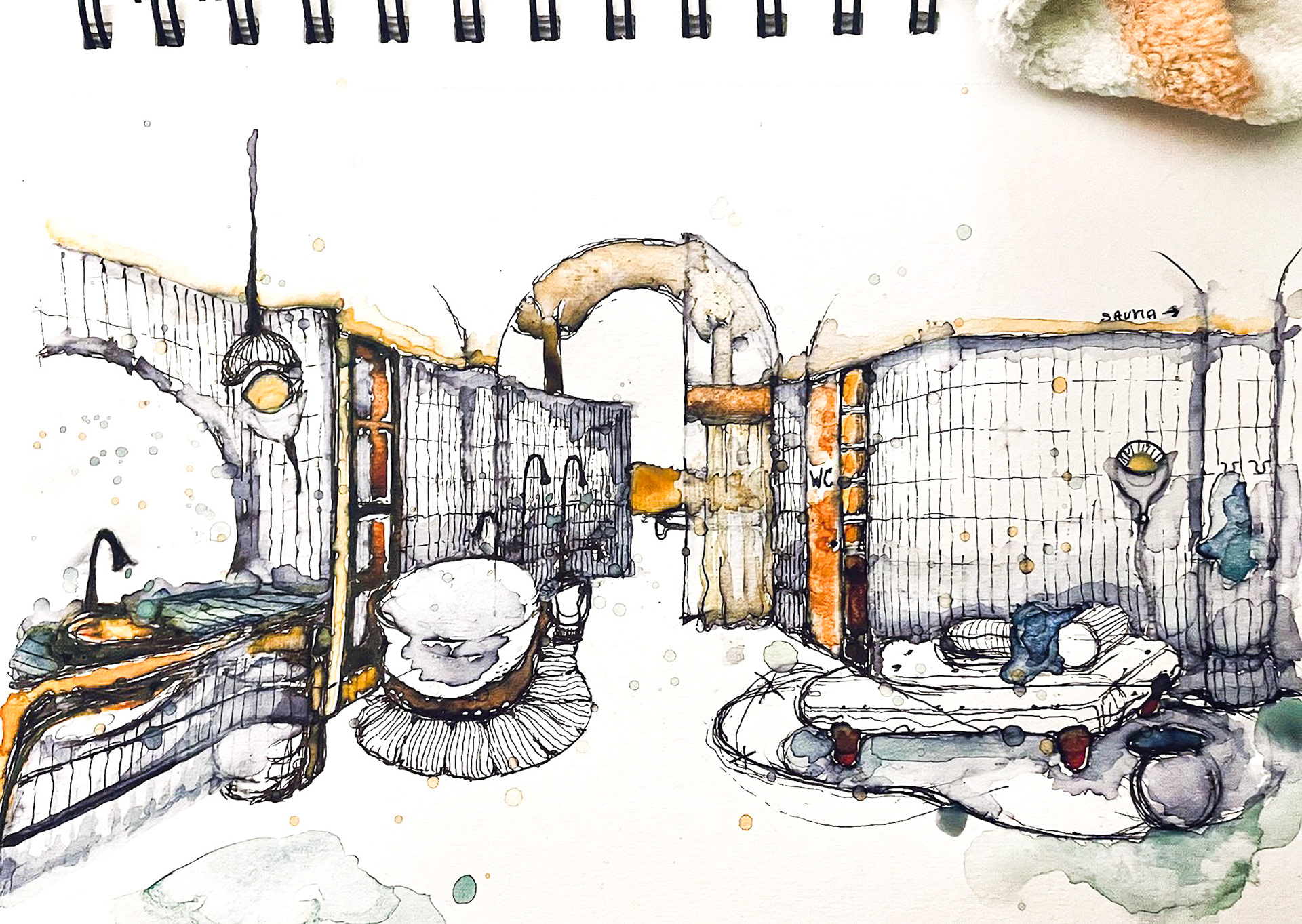
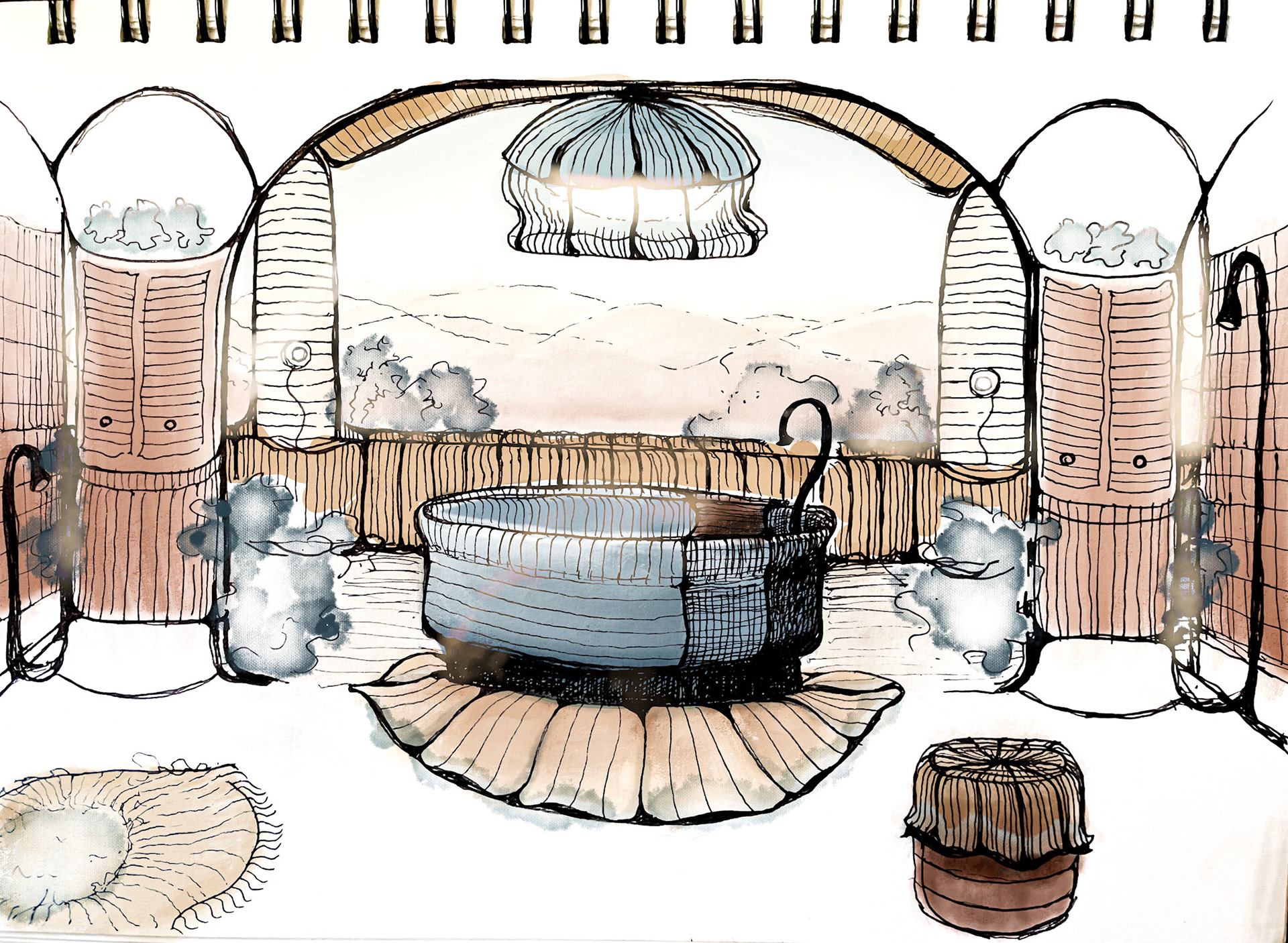

Meeting the Mentor: The Inner Child
During this introspective phase, I found solace in the natural world and the beauty of mathematics. Their inherent order provided a stark contrast to the internal chaos I felt. This contemplation sparked a fascination with symbolism, cyclical time (like the seasons), and the hero's journey. These meaningful concepts resonated with my desire for integration – a way to bridge the gap between my creative urges and the need for practical application.
But a most unexpected ally emerged: my childhood sketchbooks. Looking back at these havens for creative expression, I rediscovered the joy of creating spaces that reflected my desires. This became the spark that ignited the concept of "Growing Home."
Finding Peace Through Creation
The true challenge wasn't translating these abstract concepts into design, but the self-discovery journey itself. "Growing Home" became my creative outlet, a space where I could integrate my passions and find healing through creation. It was a melancholic process at times, a state of vulnerability and openness. However, I came to understand that this "negative" space was a necessary catalyst for expression, a fertile ground for creativity to blossom.
The Dome: A Symbol of Unity and Wholeness
The dome shape itself served as a symbol of unity and wholeness, reflecting a connection to the natural world. The design incorporated elements that resonated with my metaphysical interests, creating a space that fostered introspection and a sense of being grounded.
The choice of a dome structure for "Growing Home" wasn't arbitrary. Domes have been revered in various cultures and religions as symbols of the heavens, unity, and completeness. For me, the dome represented my connection to the natural world—a reminder that in nature, there's an inherent order and beauty that resonates deeply with our souls. The dome's circular shape, devoid of beginning or end, mirrors life's eternal cycle, embodying the concept of wholeness that I sought within myself.
The floor plan, inspired by the Fibonacci sequence, created a space where mental well-being and creative expression could flourish, mirroring life's cyclical journey. "Growing Home" evolved from mere sketches into a sanctuary that symbolized my personal odyssey. The dome, a form resonating with the patterns of nature, stood as a testament to unity and wholeness. It was not just an architectural feat but a vessel for introspection and connection.
The Central Spiral Staircase
At the heart of "Growing Home" lies a striking spiral staircase, serving as more than just a functional element—it's a metaphor for life's journey. The spiral, akin to the Fibonacci sequence found in nature, symbolizes growth, evolution, and the cyclical nature of existence. As one ascends the staircase, they're reminded of the upward spiral of personal development and introspection, each step a progression towards self-realization and enlightenment.
The Atrium: Light and Spaciousness
These features come together to create a space that fosters introspection, well-being, and creative flow. The contrast between the large central space and the surrounding, more intimate rooms creates a sense of connection and retreat – a place to be both connected and have solitude.
The double-height atrium in "Growing Home" brings an abundance of natural light, creating a space that feels open and boundless. This architectural feature symbolizes the openness of the mind and spirit—an invitation to gaze outward and inward, encouraging a connection with the world and oneself. The atrium's expansive view, through 360-degree windows, offers a constant reminder of the universe's vastness and our place within it.

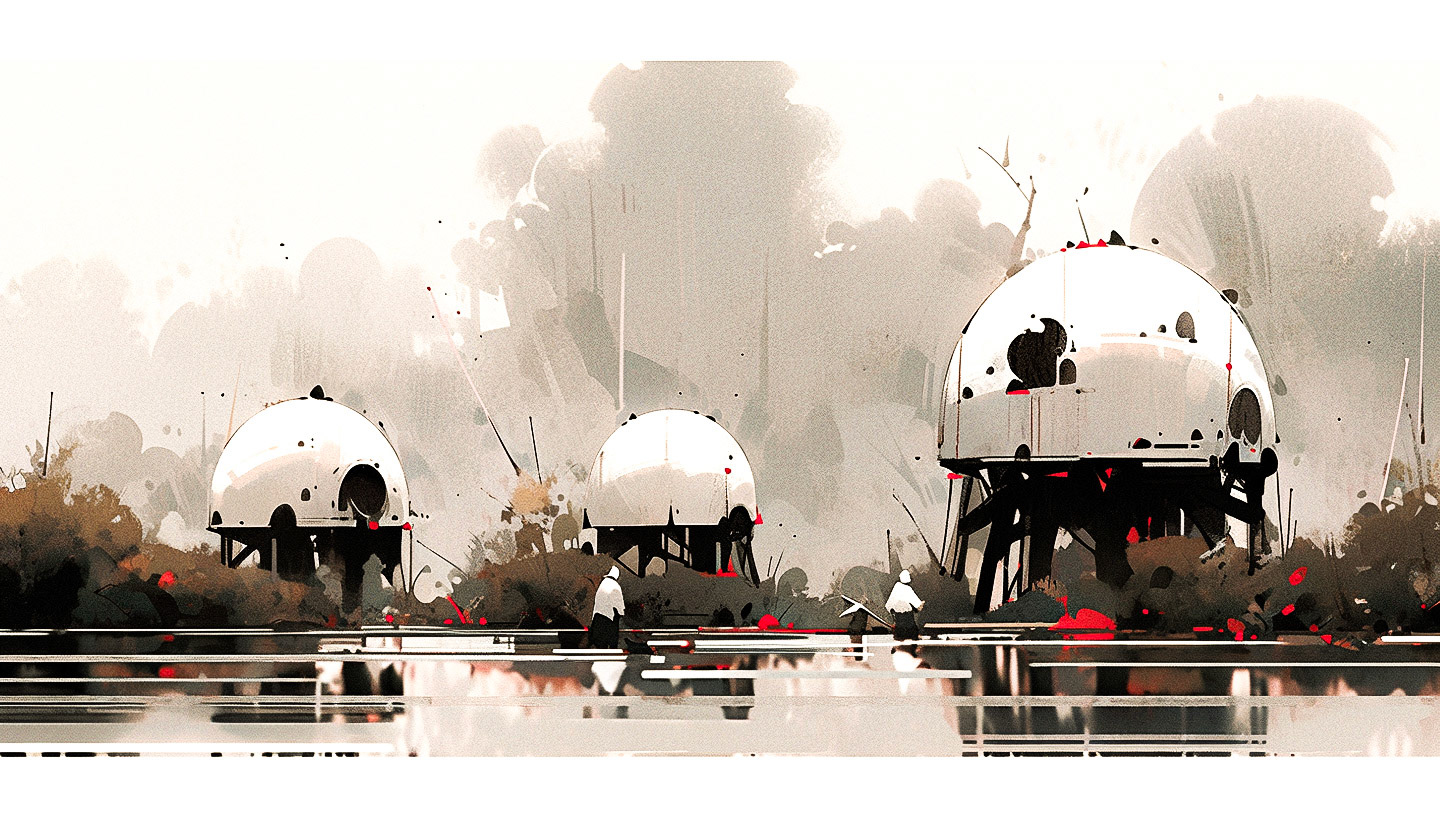
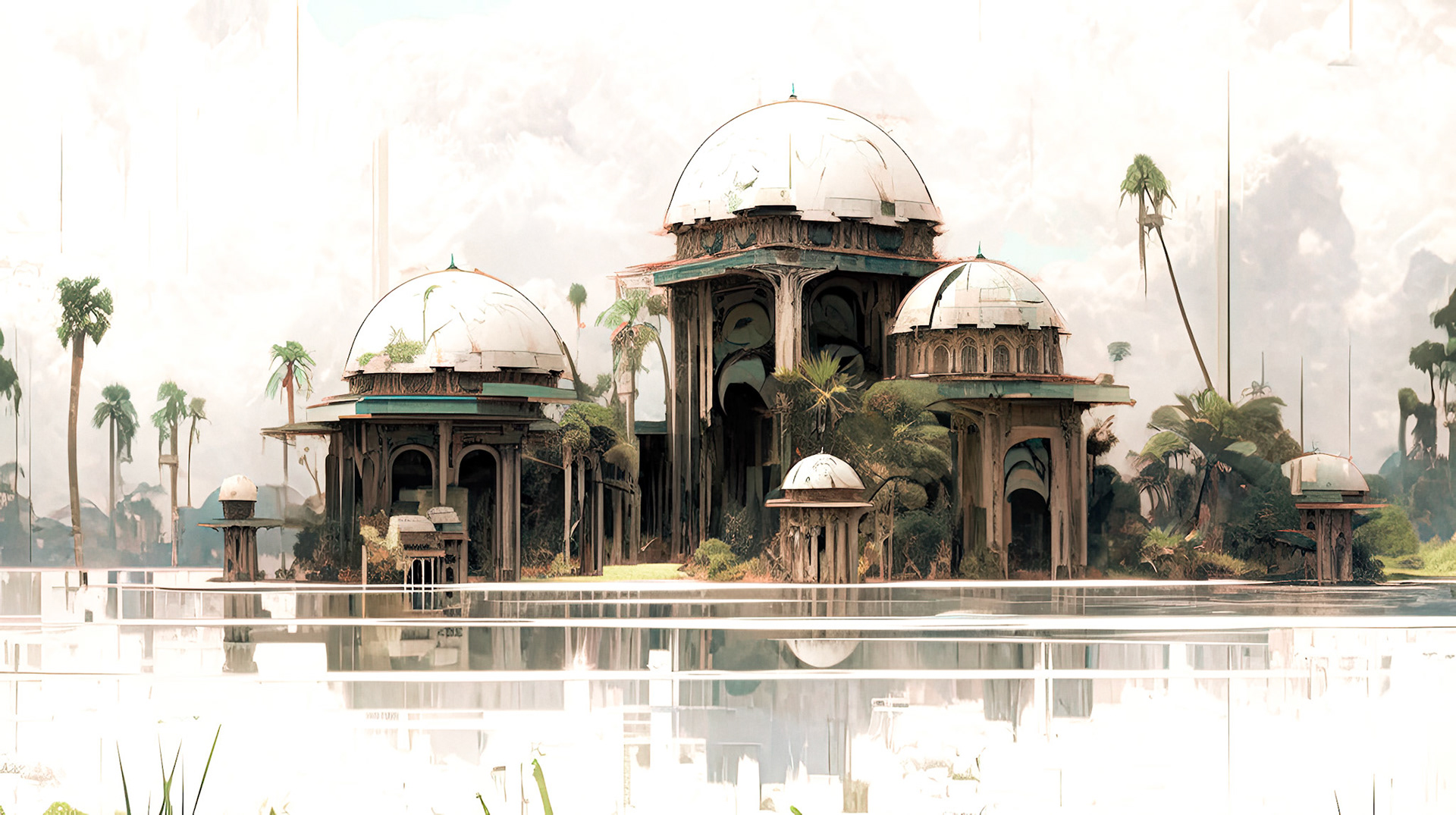
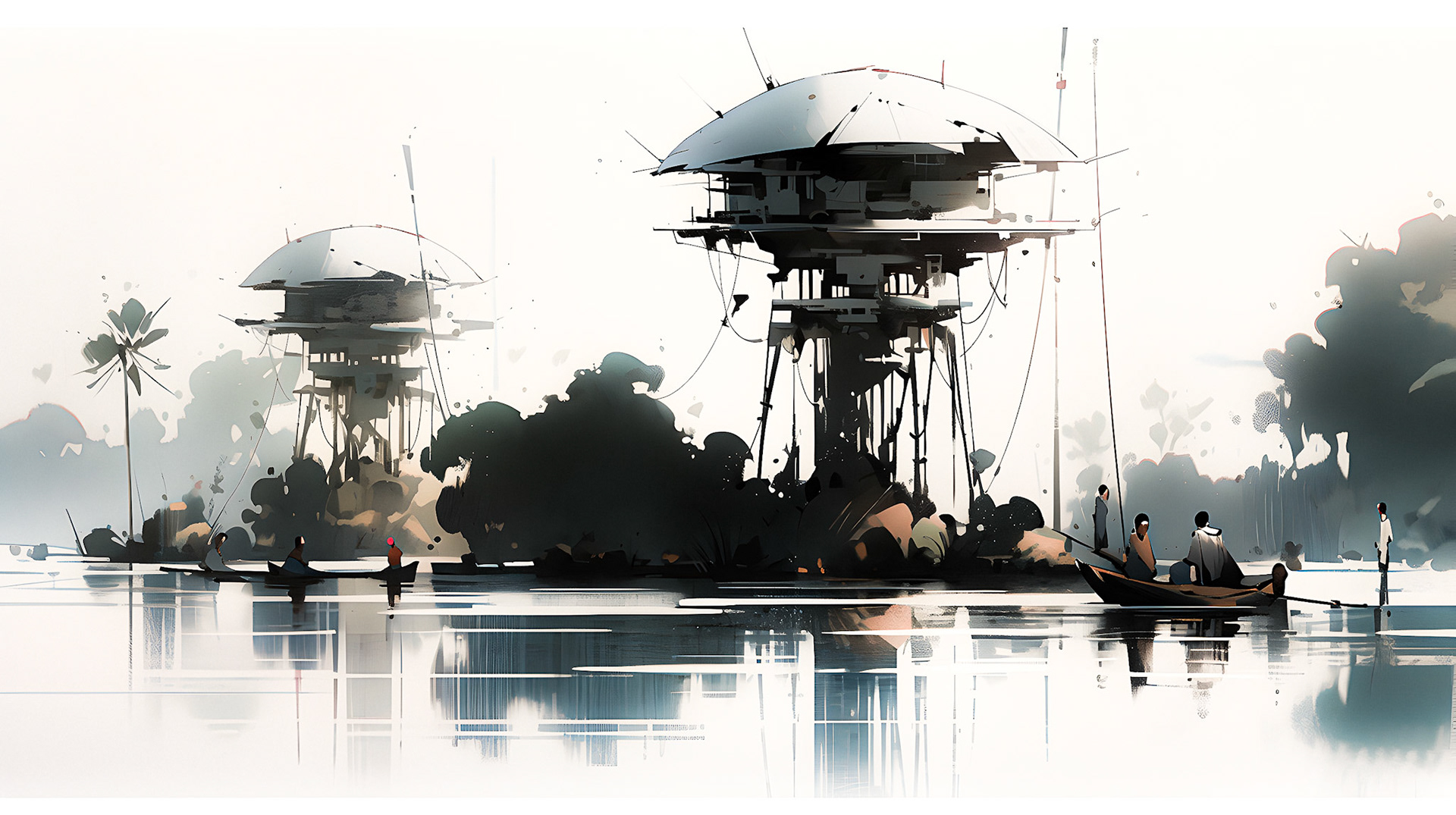
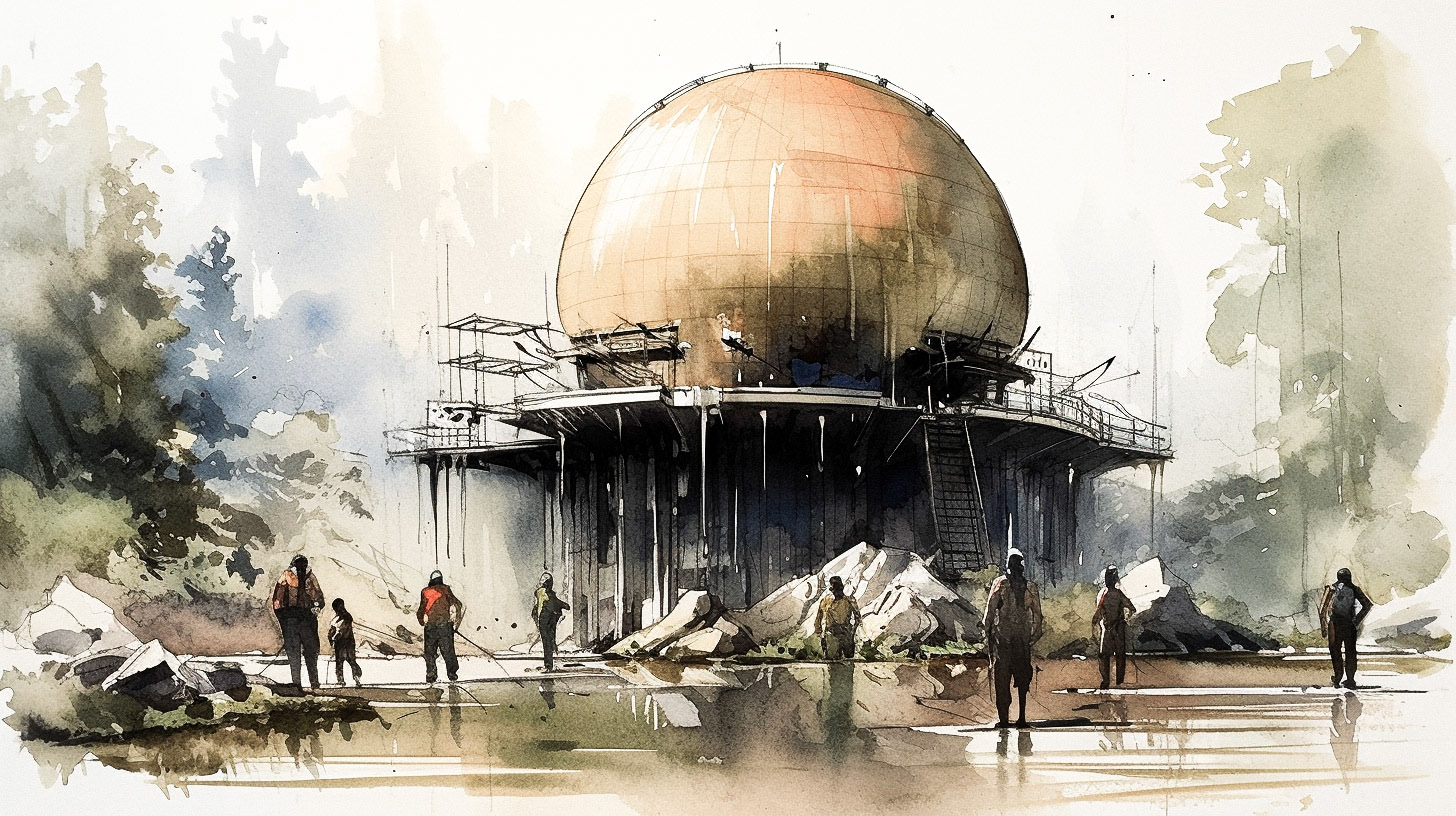
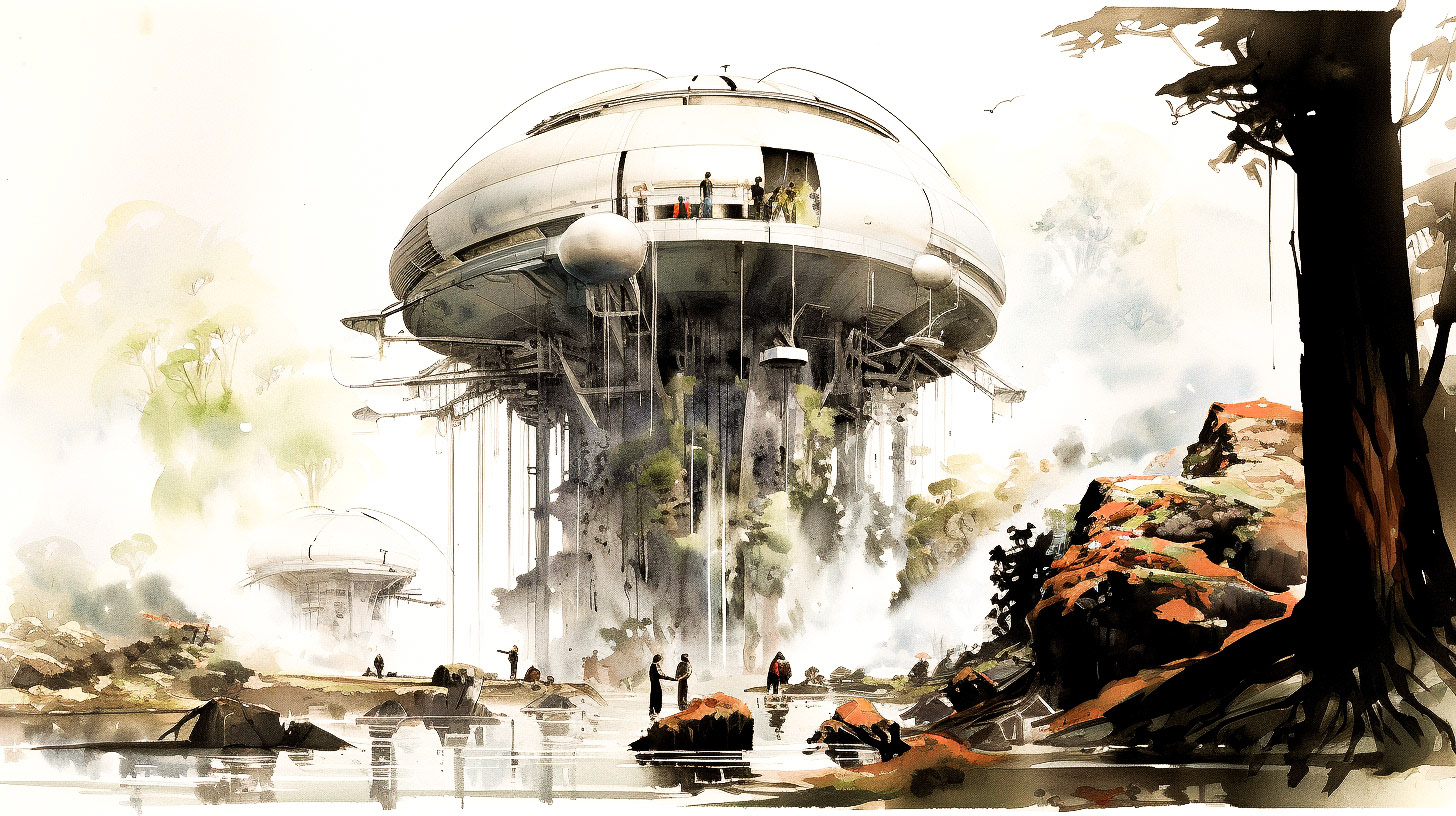

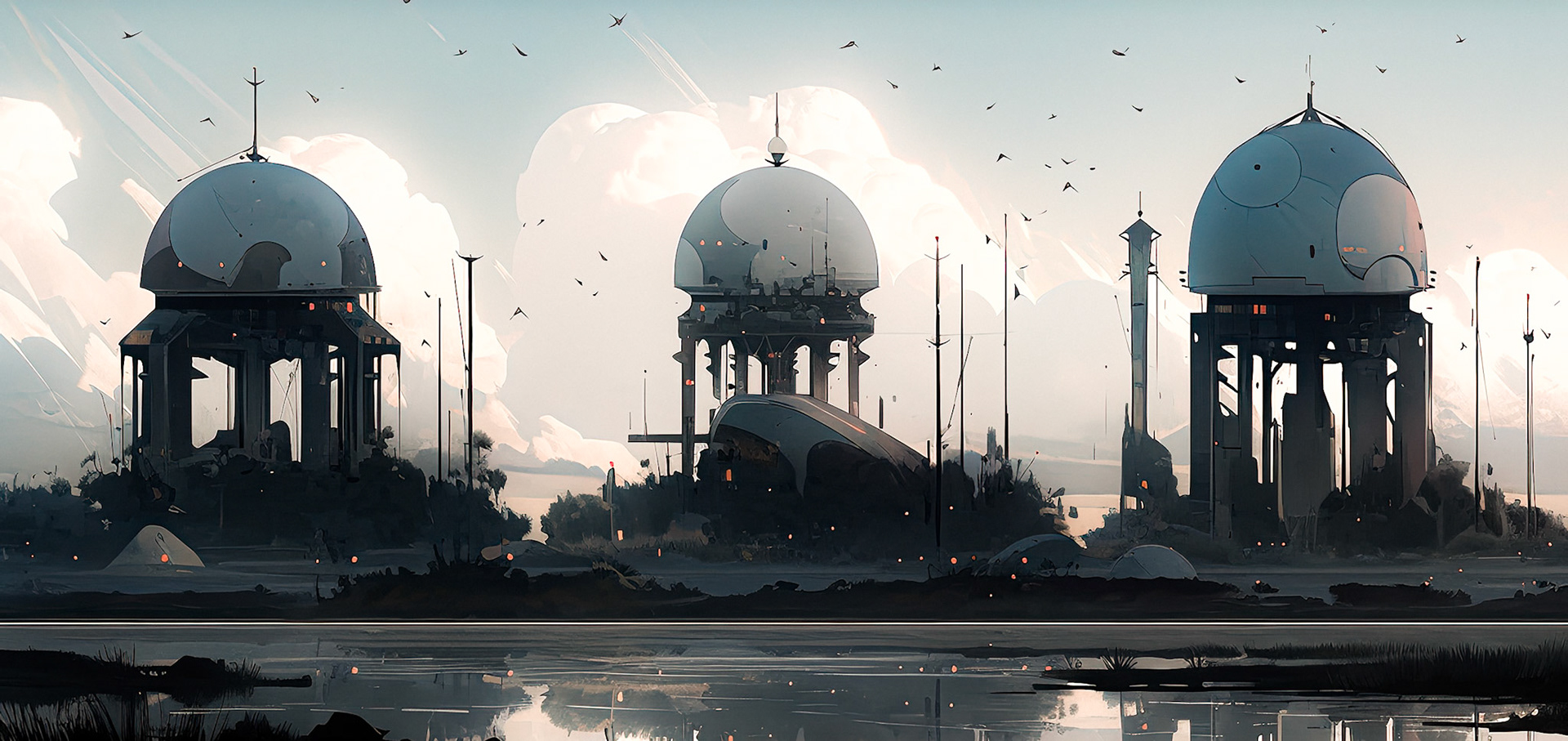
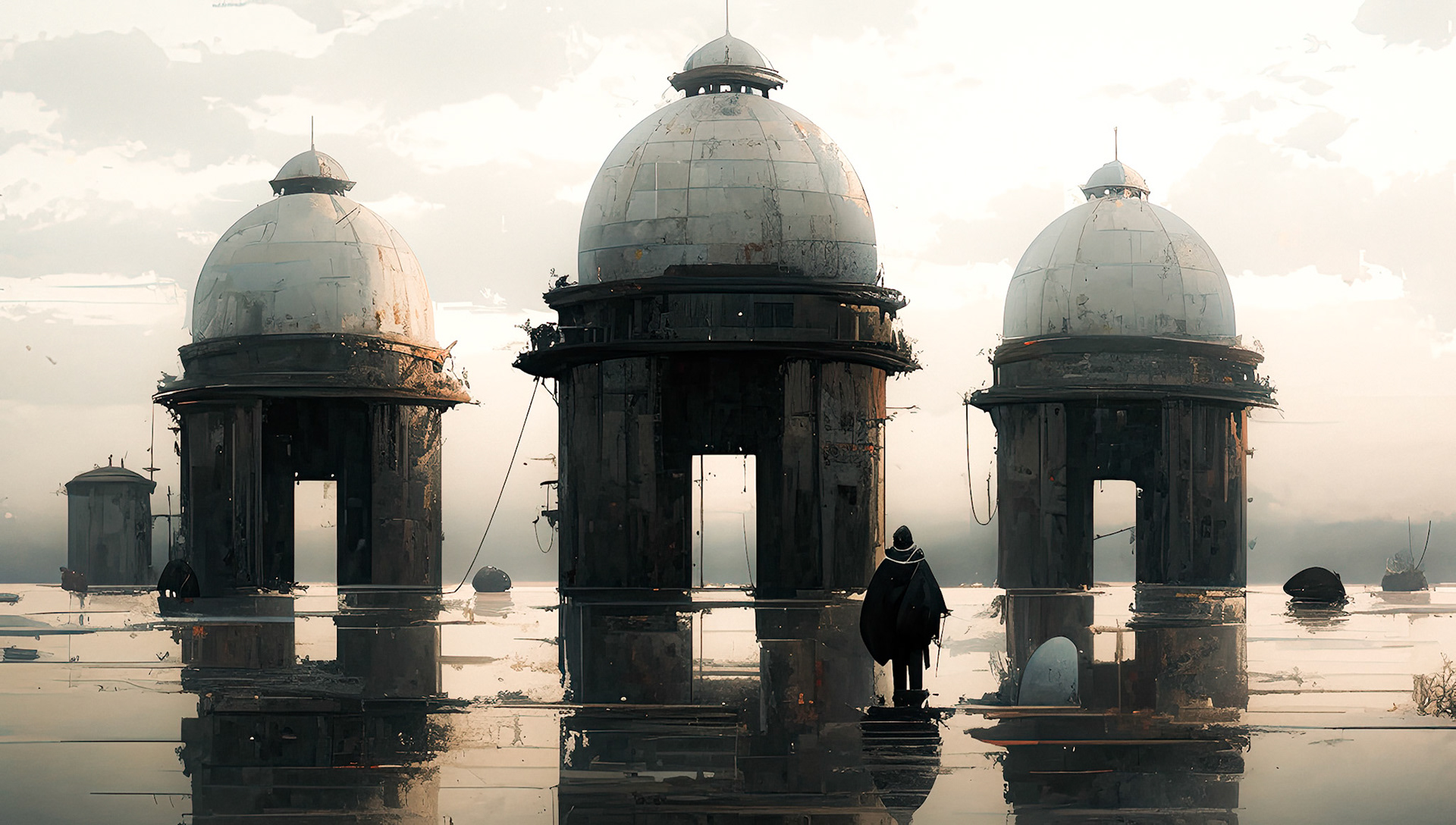
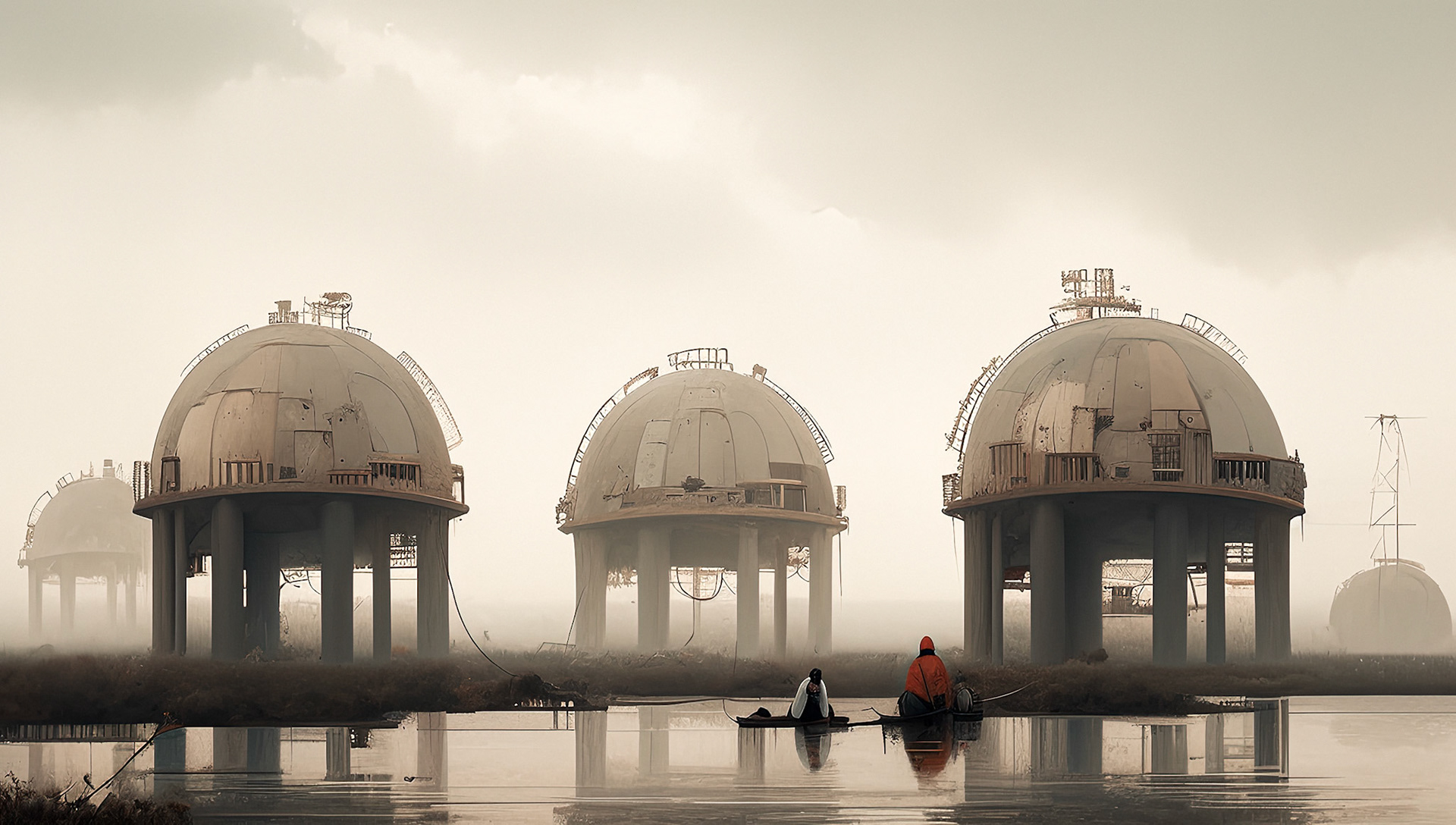
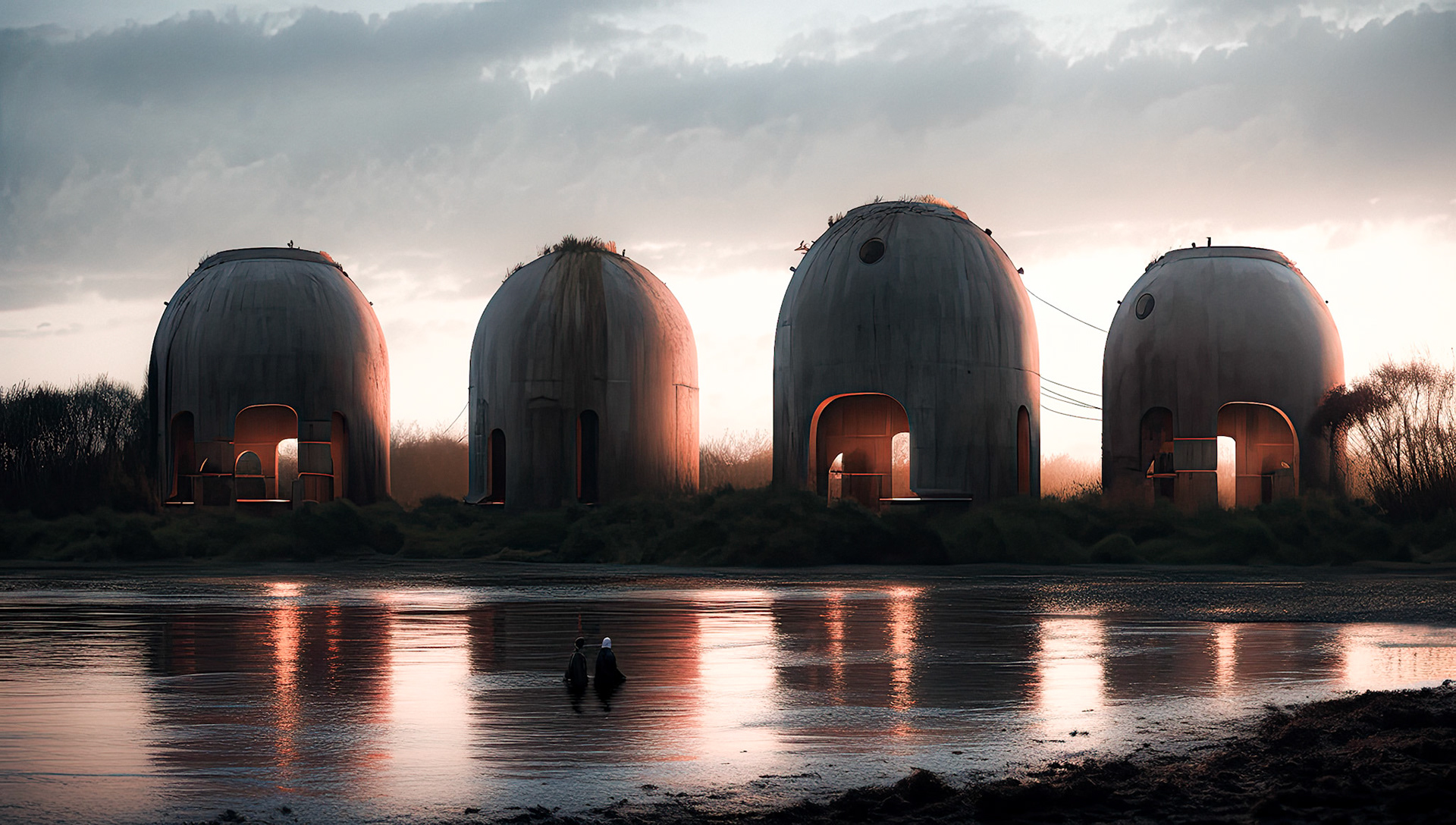
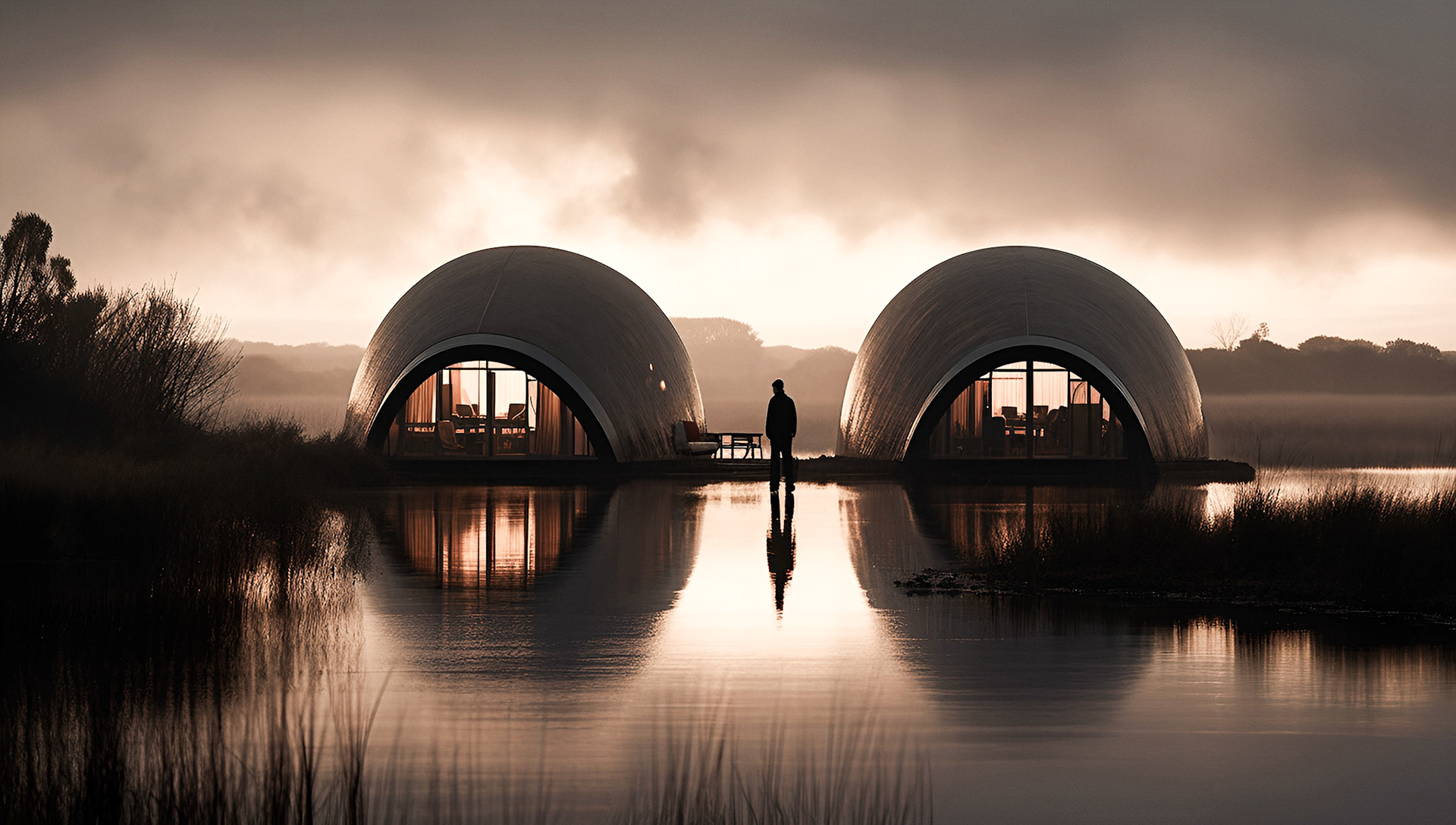

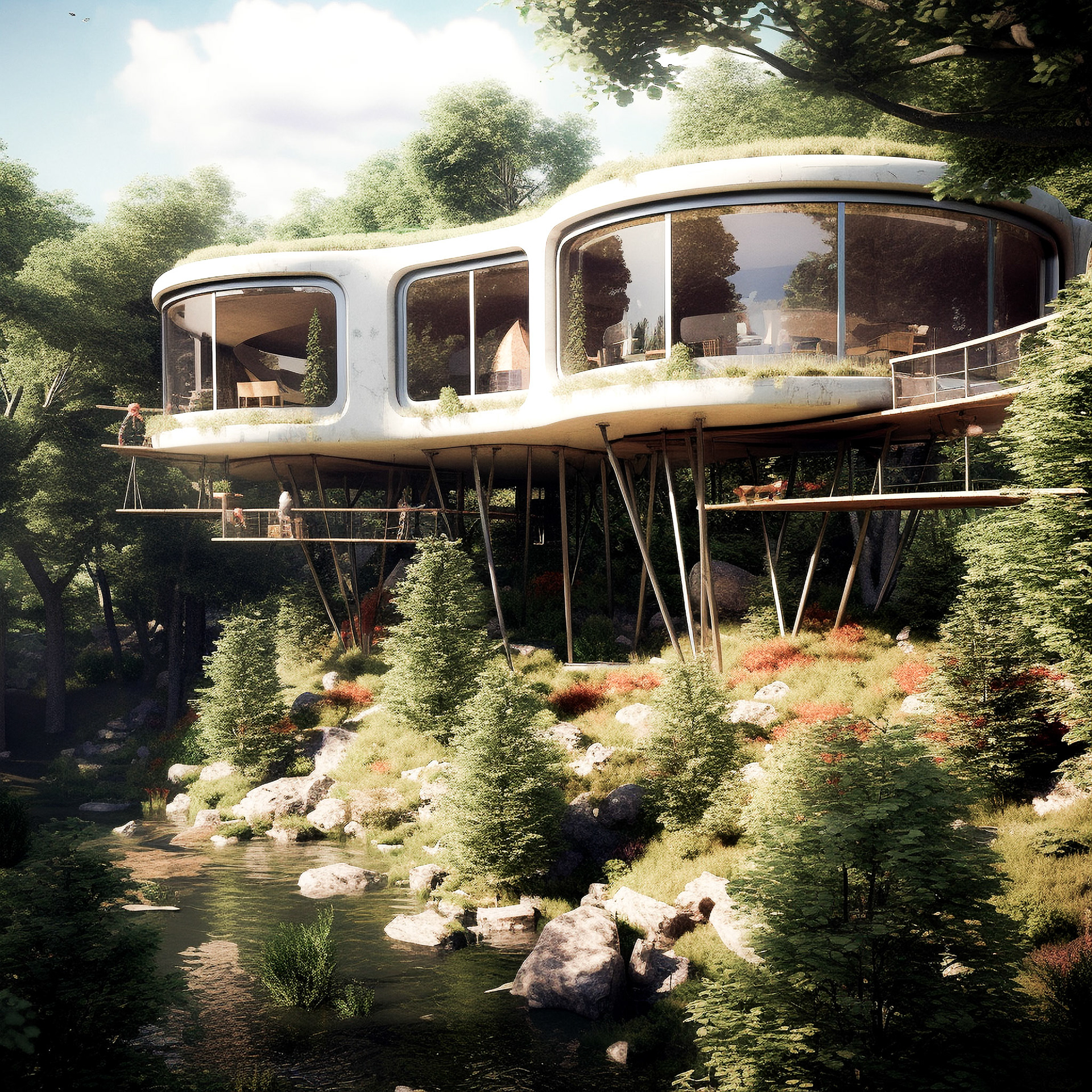
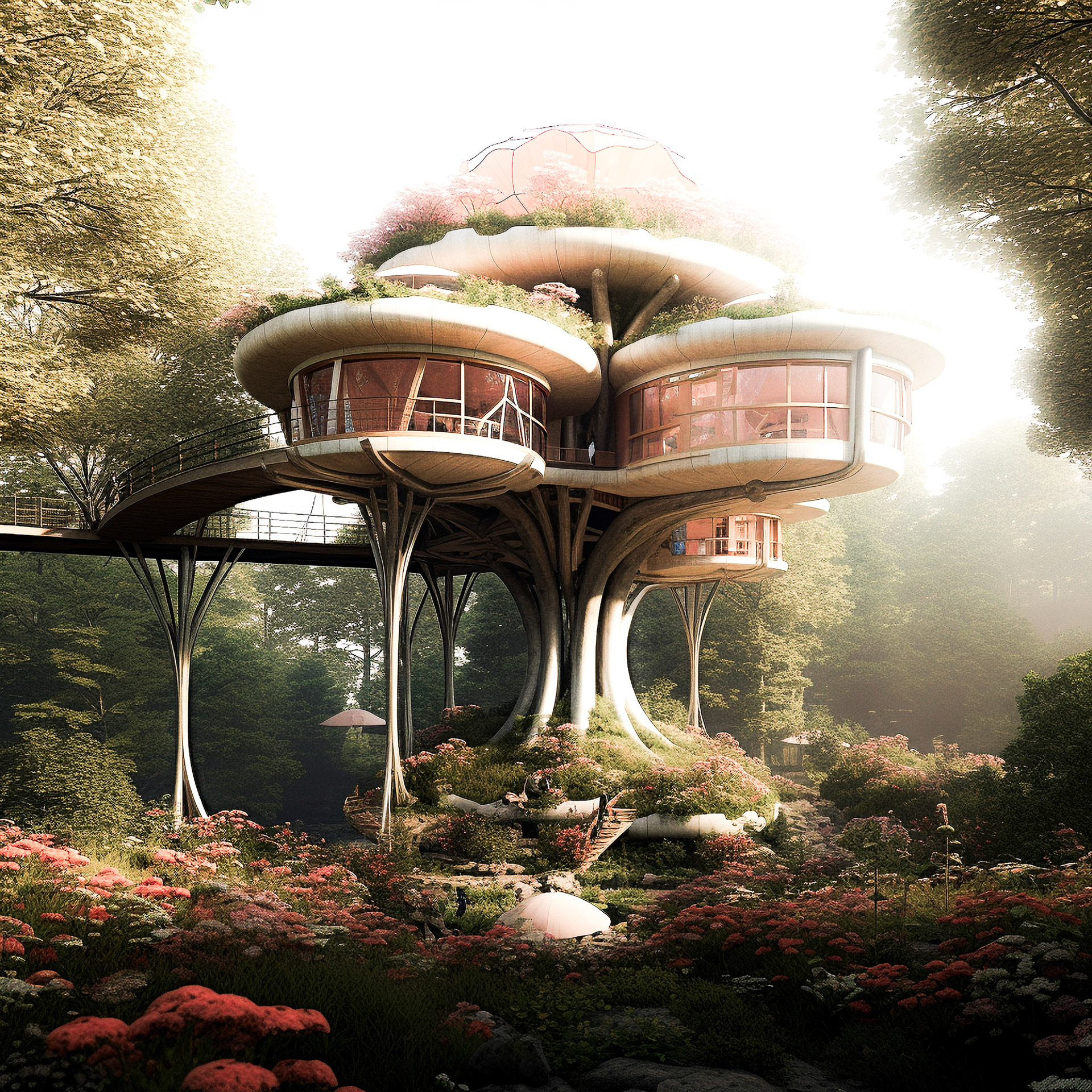
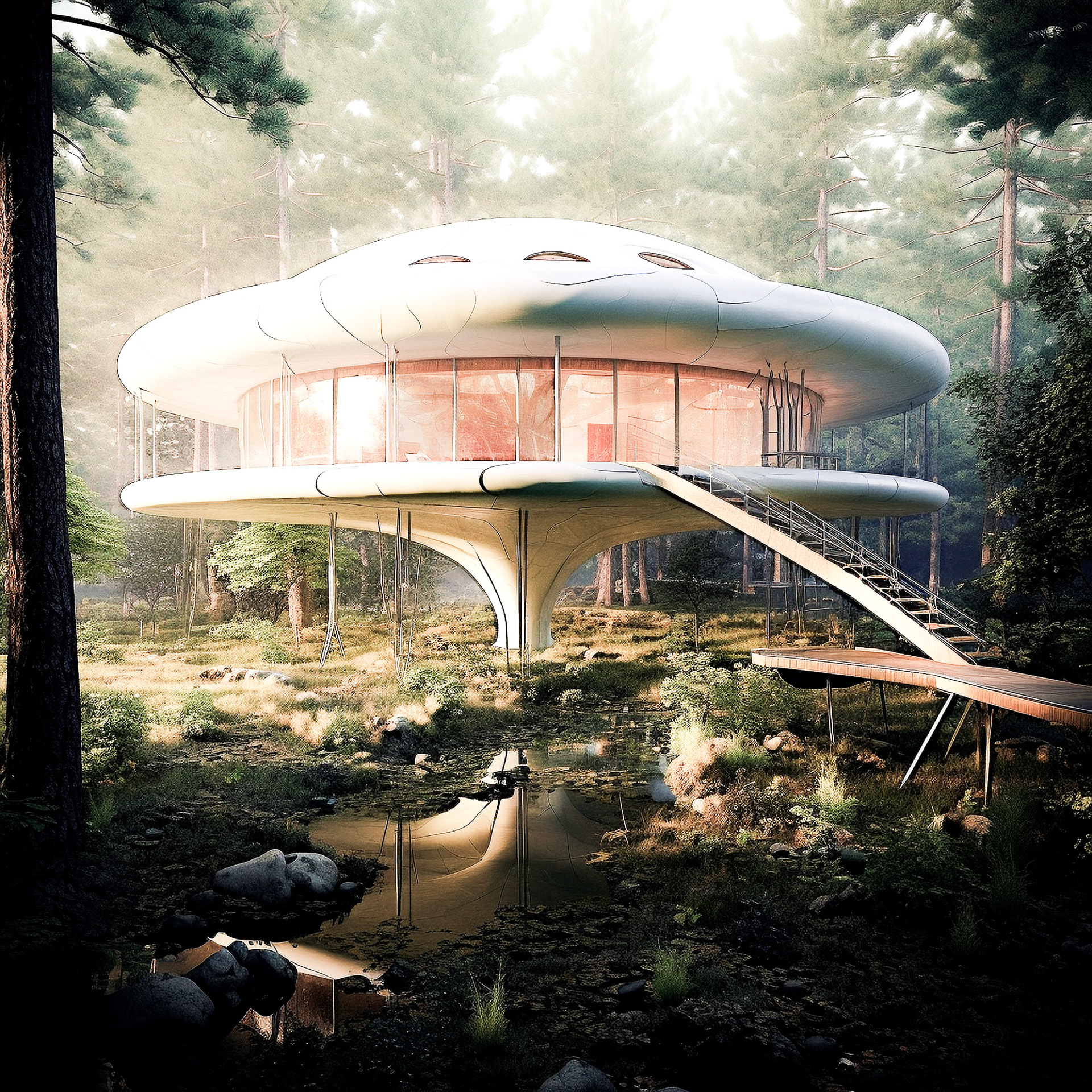
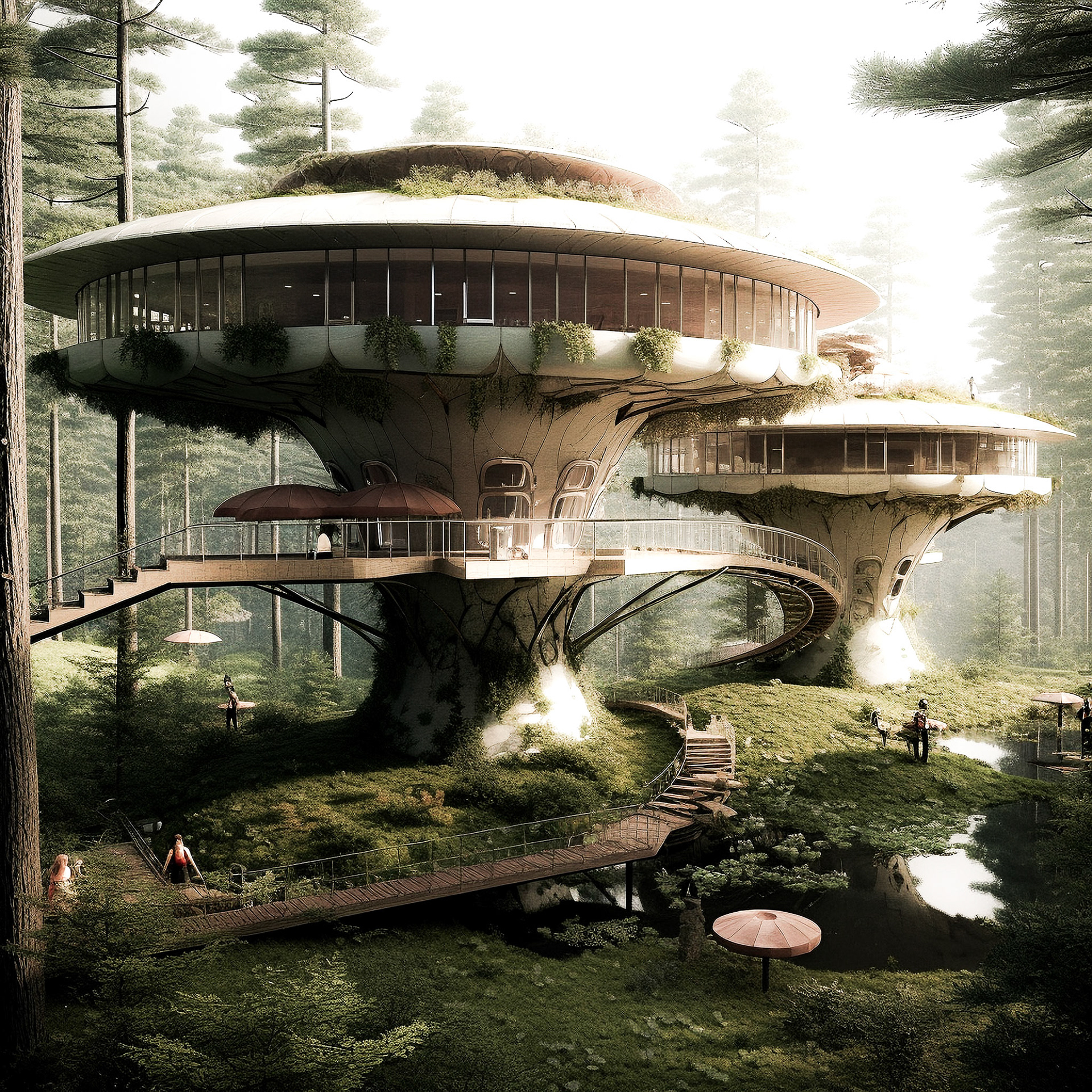
Duality Embraced
"Growing Home" is more than just a dome house; it's the physical manifestation of my journey towards self-discovery and integration. It represents a space where creativity and practicality co-exist, fostering mental well-being and a sense of connection with the natural world. This project is a testament to the power of design to bridge gaps between seemingly disparate concepts. It's a reminder that wholeness lies not in suppressing our internal duality, but in embracing it. "Growing Home" stands as a beacon, a reminder that true fulfillment lies in honoring all aspects of ourselves.

